Hardware and Adhesive
1/92
There's no tags or description
Looks like no tags are added yet.
Name | Mastery | Learn | Test | Matching | Spaced |
|---|
No study sessions yet.
93 Terms
Rough hardware
Bolts, screws, nails and other metal fittings concealed in finish construction
Hinge
Jointed device consisting of 2 leaves joined together by a pin
Types of hinge
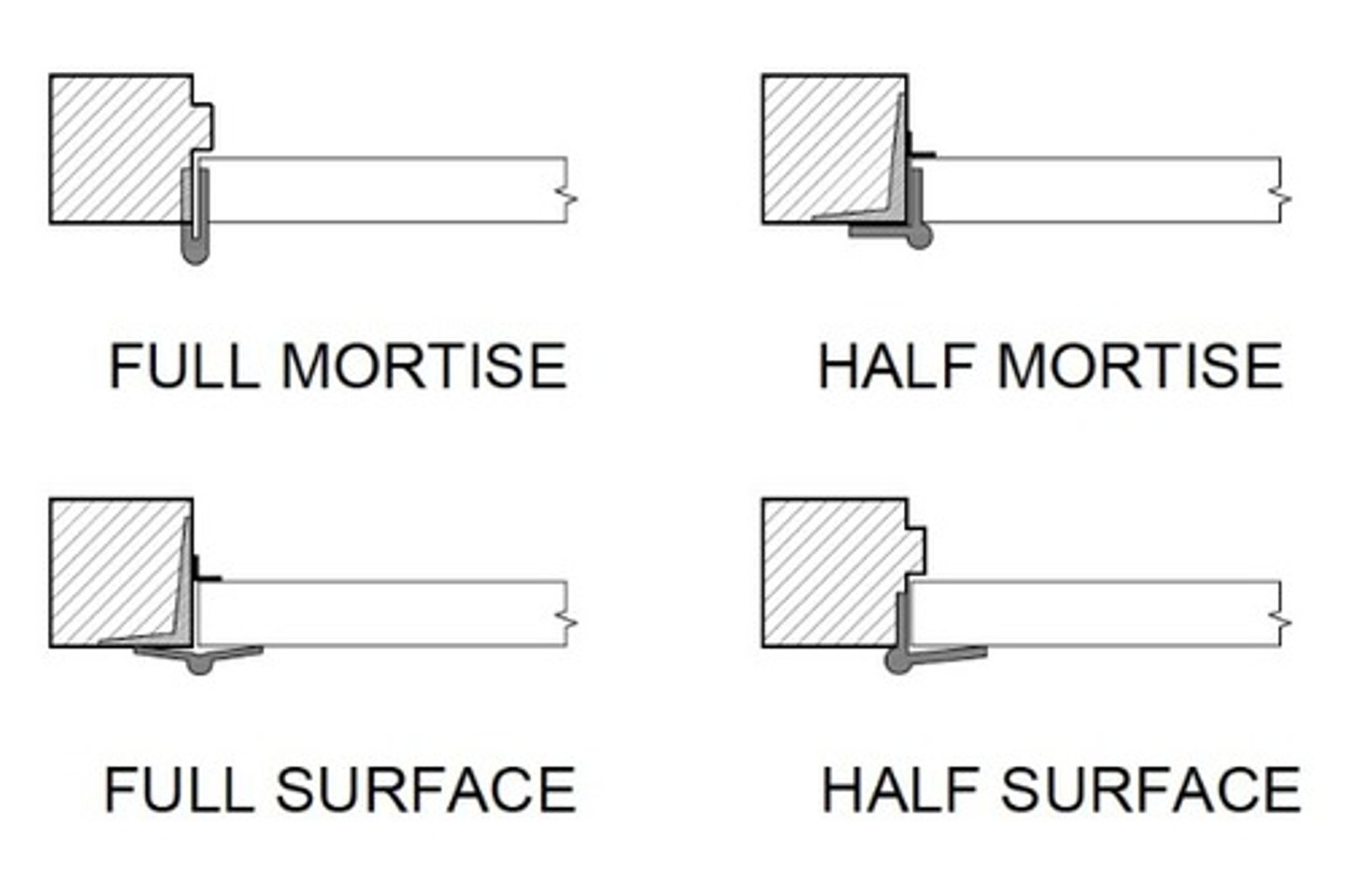
Loose pin hinge
A hinge having a removable pin so that a door can be unhung by separating two leaves; for lighter doors
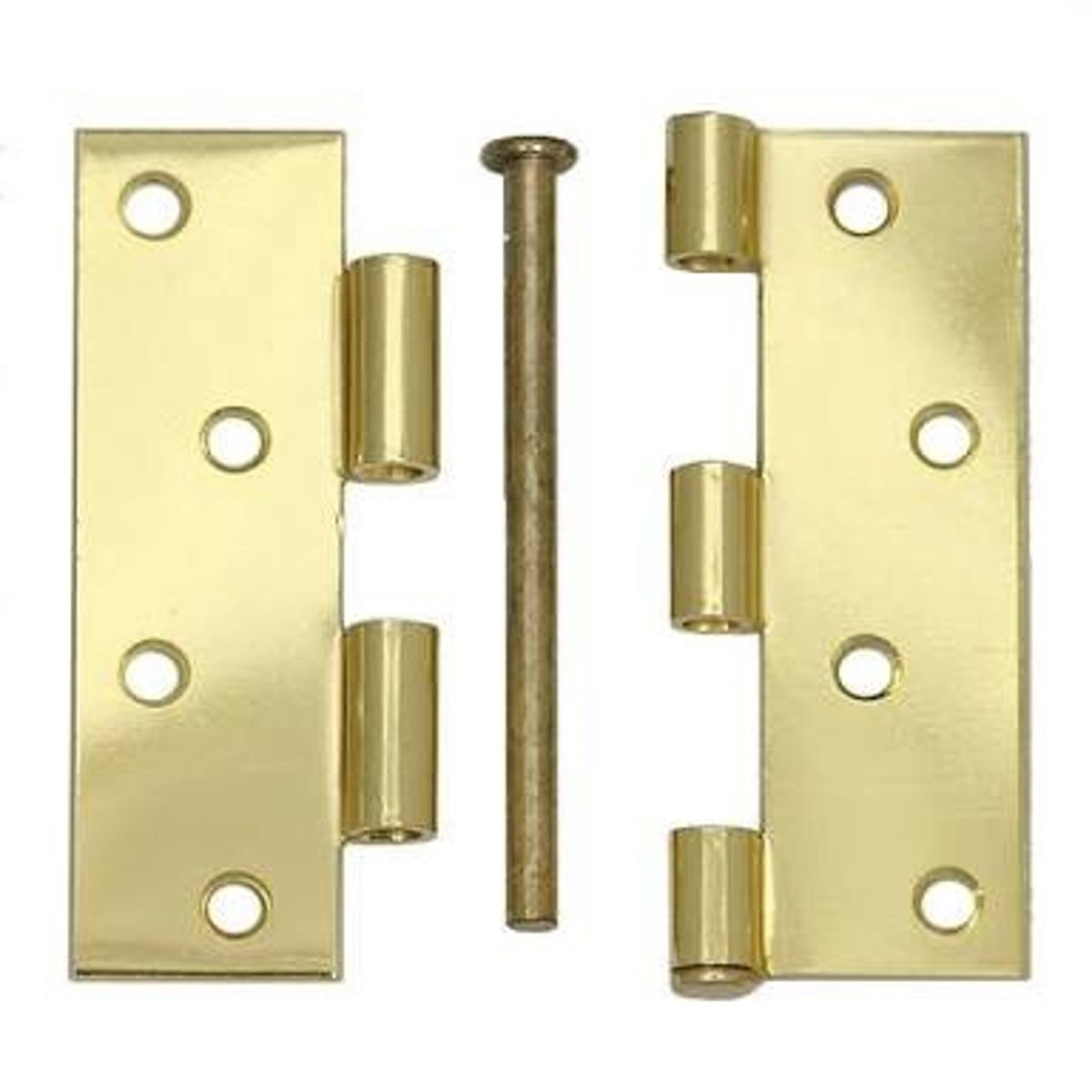
ball hinge
Hinge equipped with ball bearings between the knuckles to reduce friction and ensure ease of operation; for bigger doors
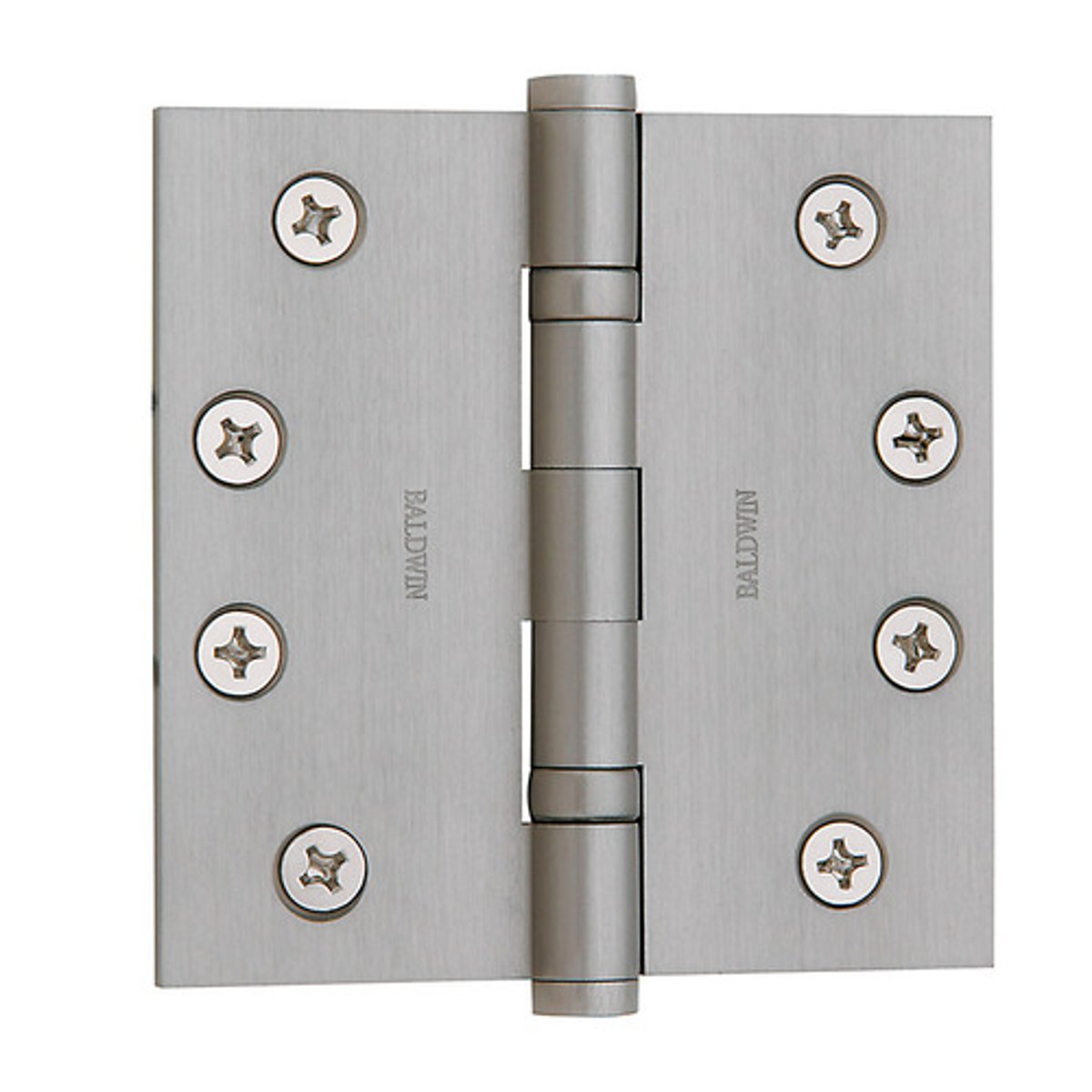
Gravity hinge
A hinge that closes automatically by means of gravity; for heavy metal doors
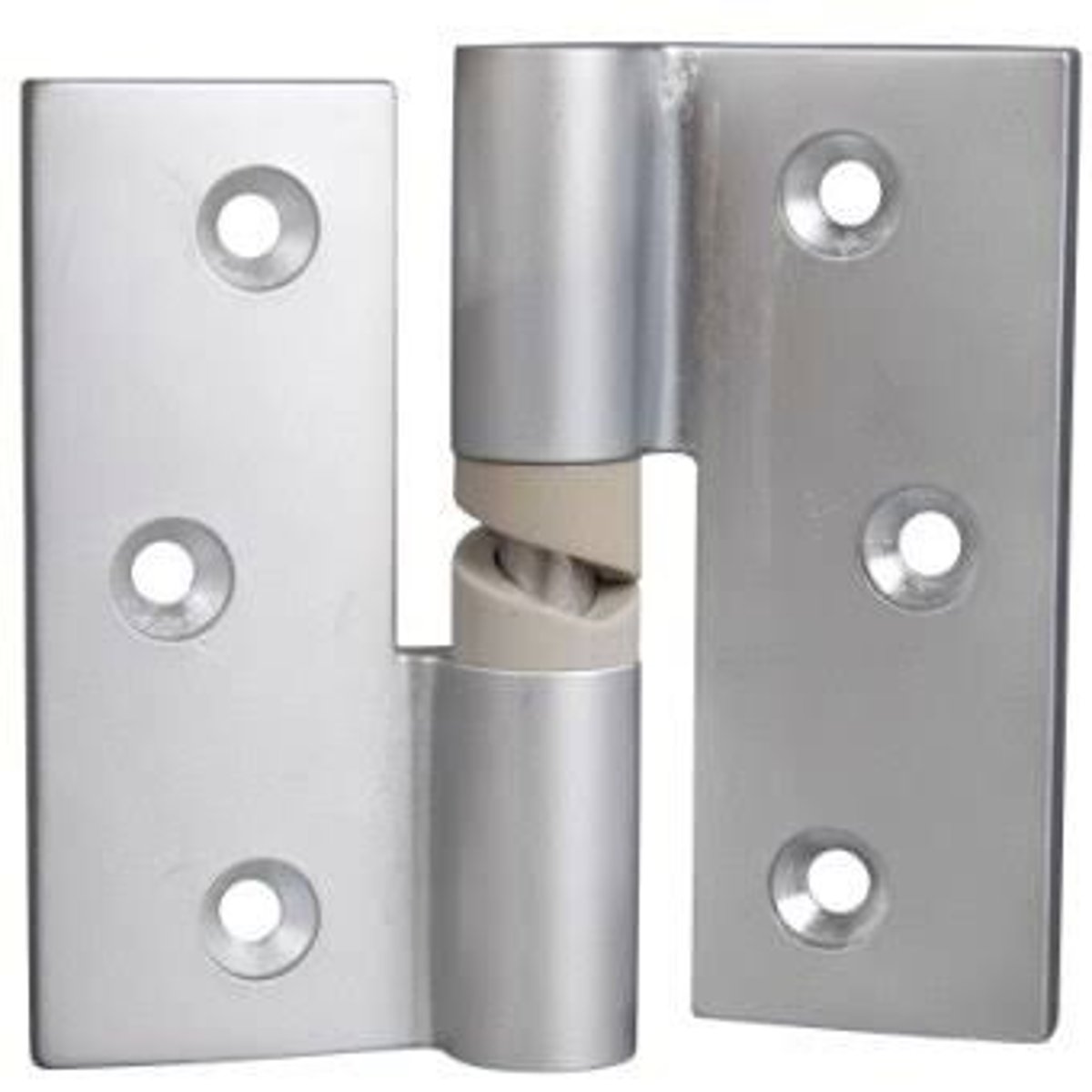
Spring hinge
A hinge containing a coiled spring in its barrel for closing the door automatically
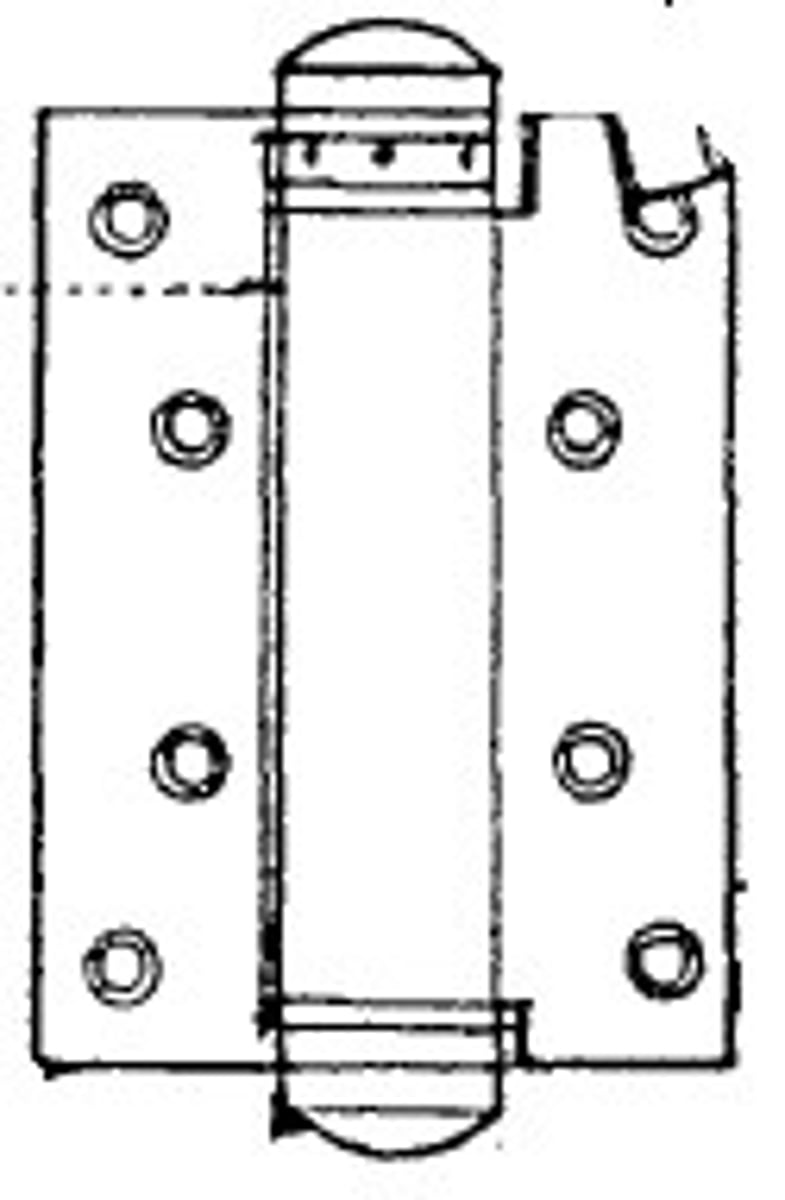
Piano hinge
Long narrow hinge that run the FULL LENGTH of the two surface to which the leaves are joined.
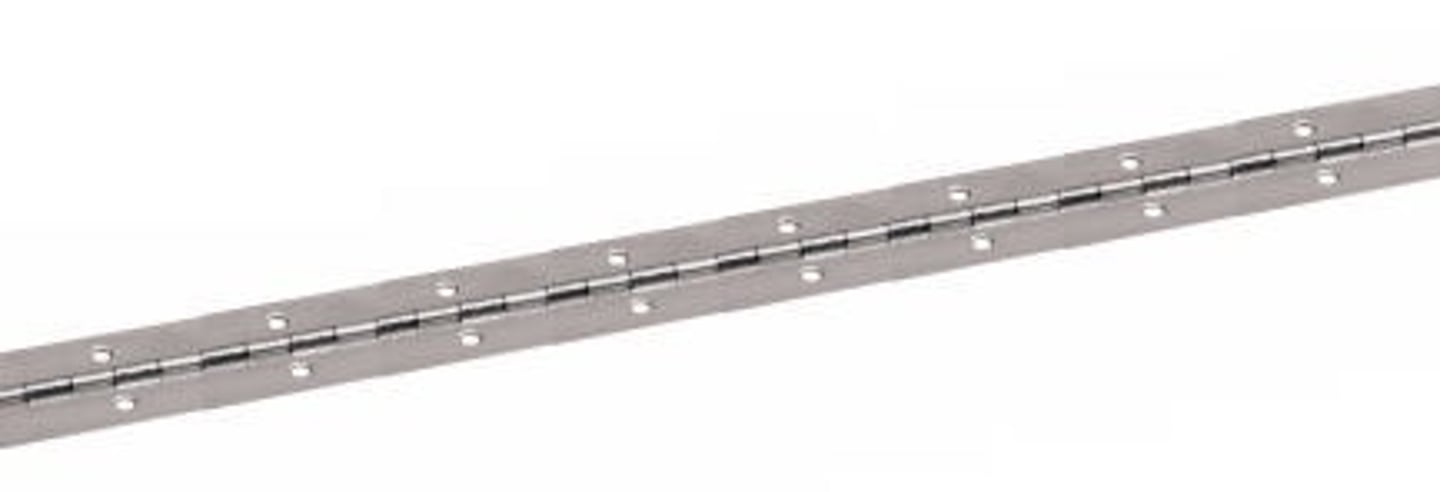
Flush hinge
Screwed directly onto the surface of wood, so they're easier to fit. Used for lightweight jobs.

Flag hinge

Drill-in hinge
*search pic
Cross garnet hinge
A T-Shaped strap hinge with the crosspiece as the stationary member and the long stem being the movable leaf.
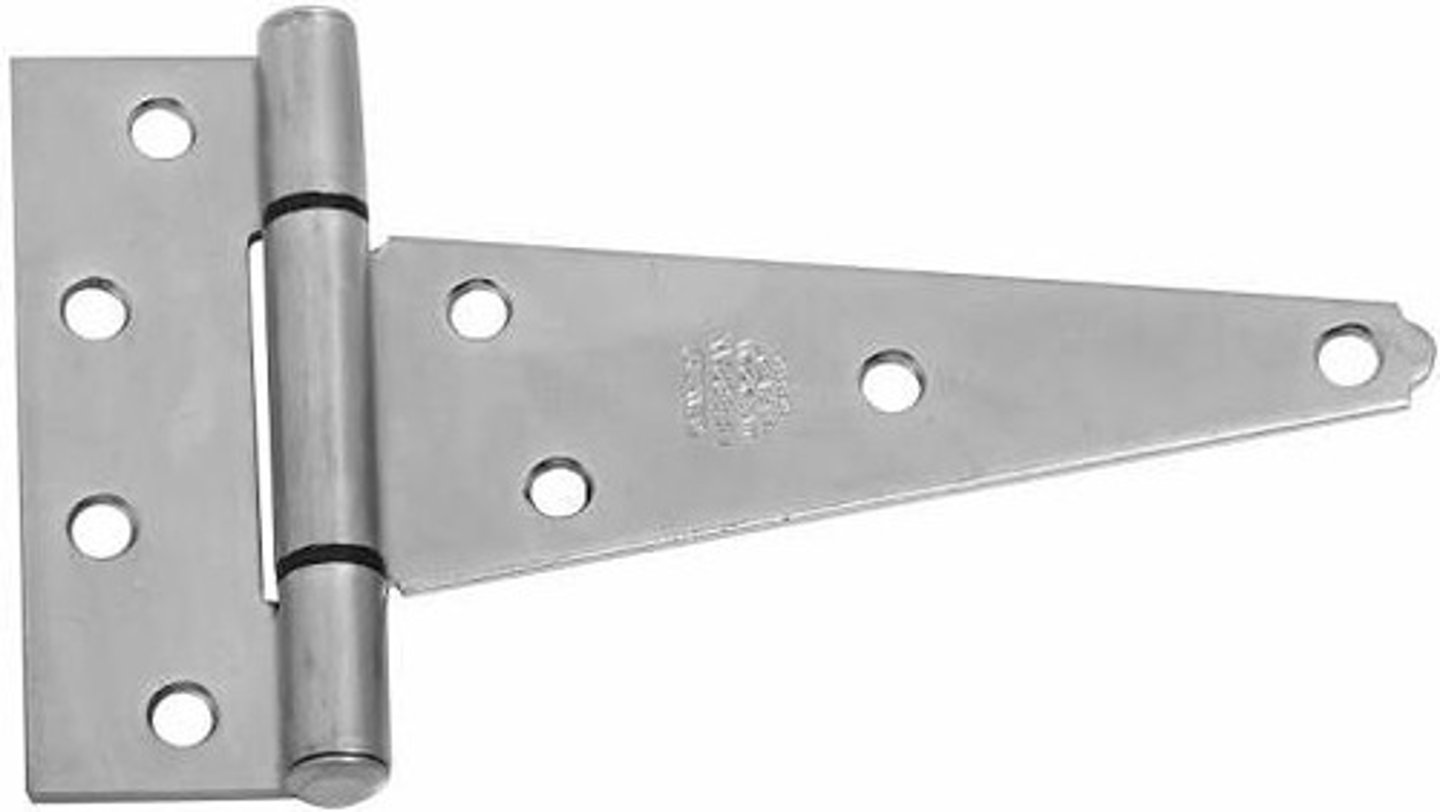
parliament hinge
An H-shaped hinge having a protruding knuckle so that a door can stand away from the wall when fully opened
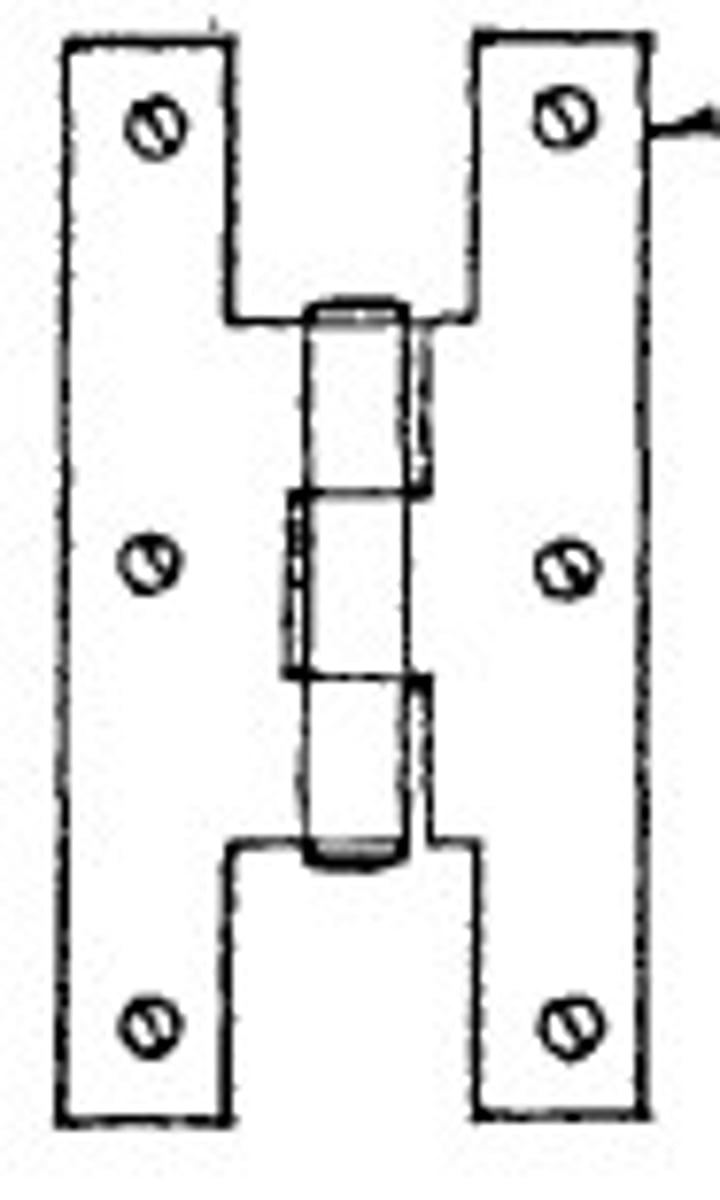
Invisible hinge
A hinge consisting of a number of flat plates rotating about a central pin, with shoulders mortised into the door edge and doorframe so as to concealed when closed

Dovetail hinge
A strap hinge having leaves that are narrower at their junction than at their other extremities

Paumelle hinge
A hinge having a single, pivoting joint
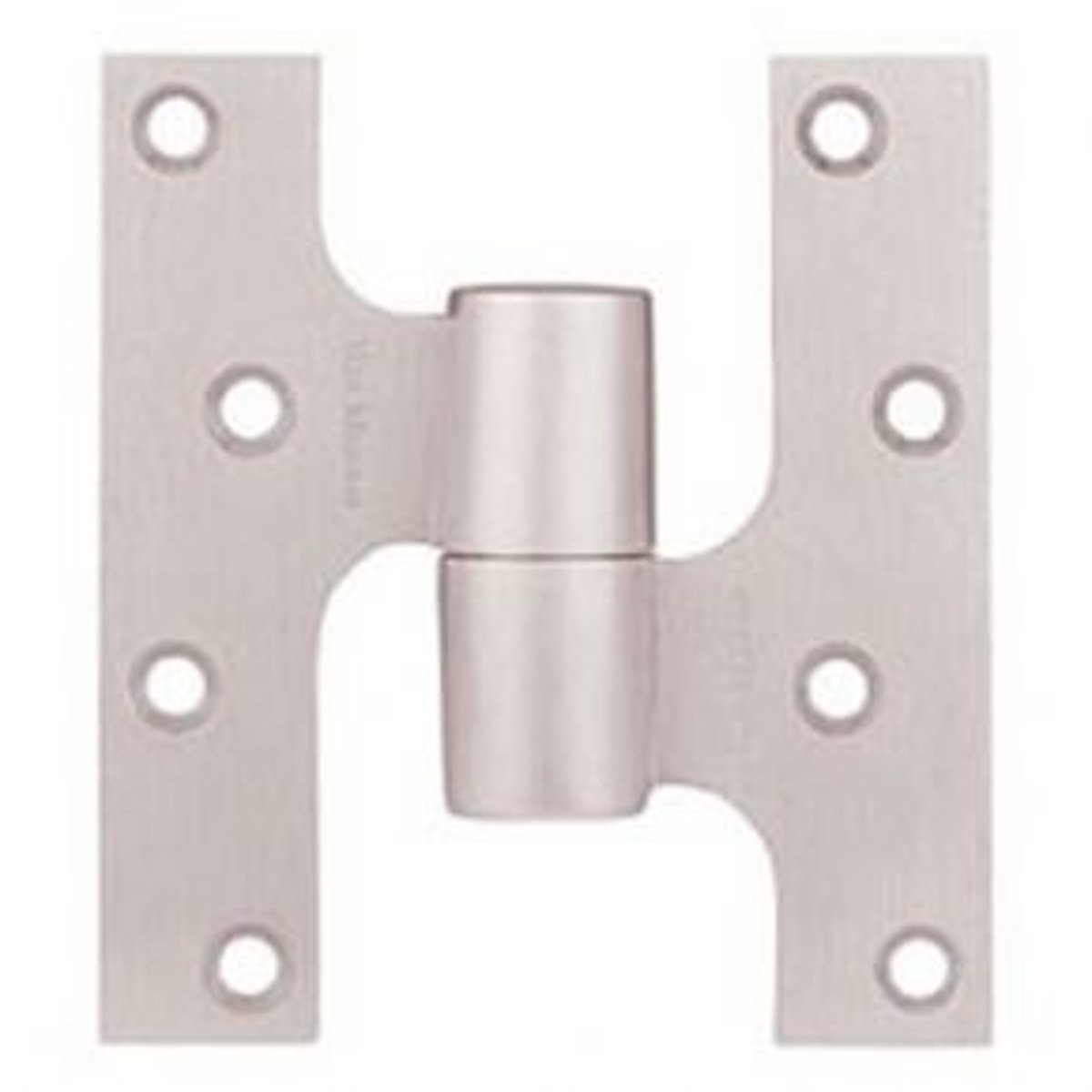
Concealed hinge
a hinge attached to a frame and door from the inside, making it invisible from the outside
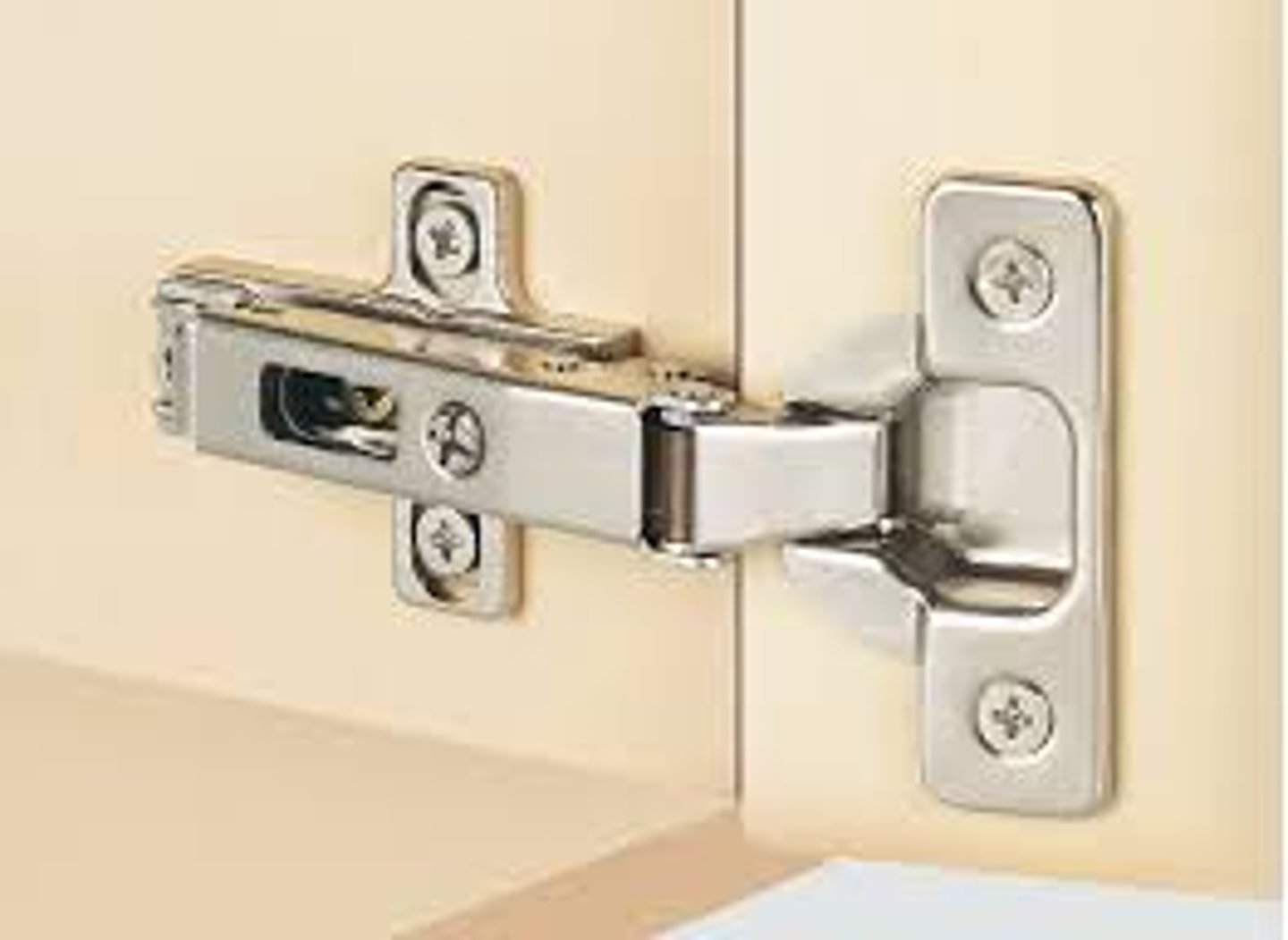
Strap hinge
A hinge having two long leaves for securing to the adjacent faces of a door and doorjamb
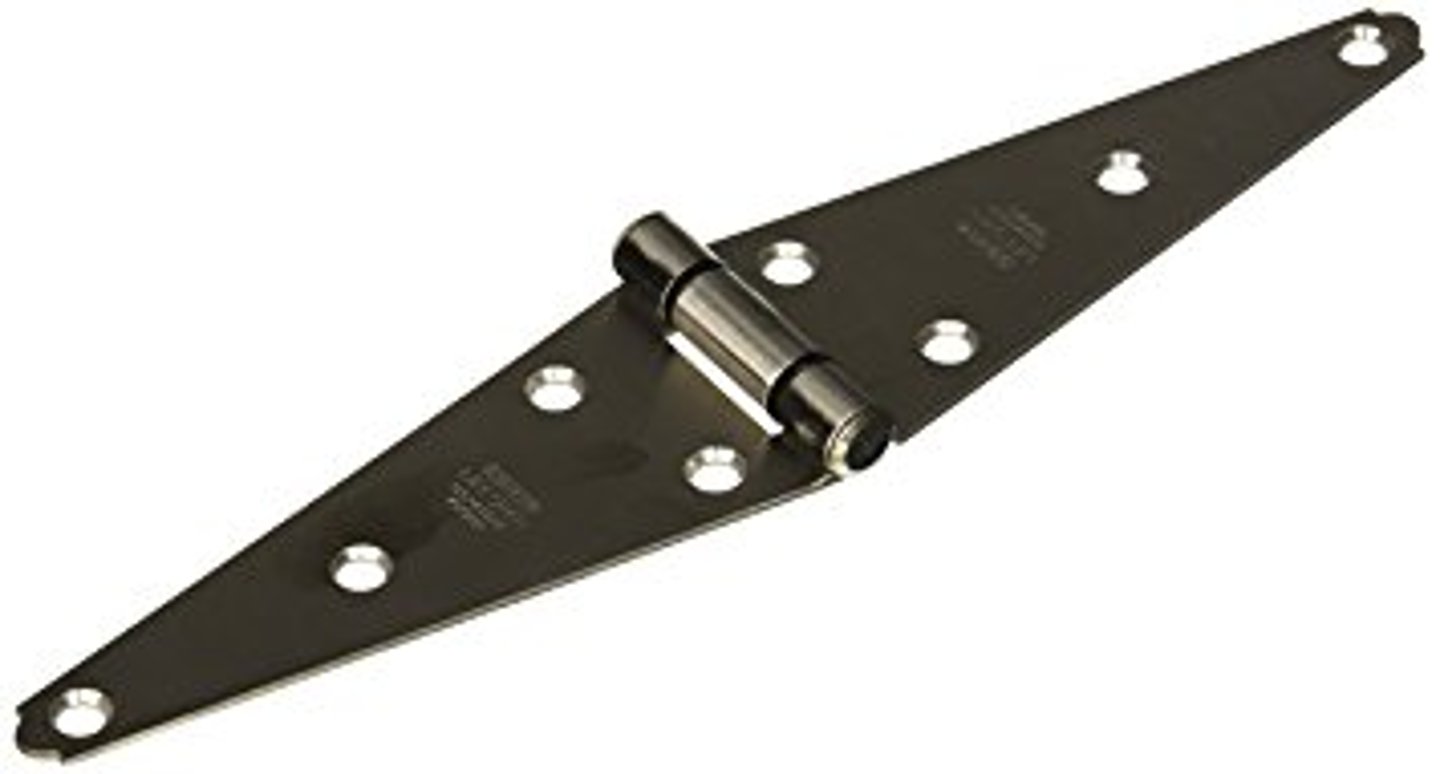
Olive knuckle hinge
A Paumelle having an oval shaped knuckle also called olive hinge
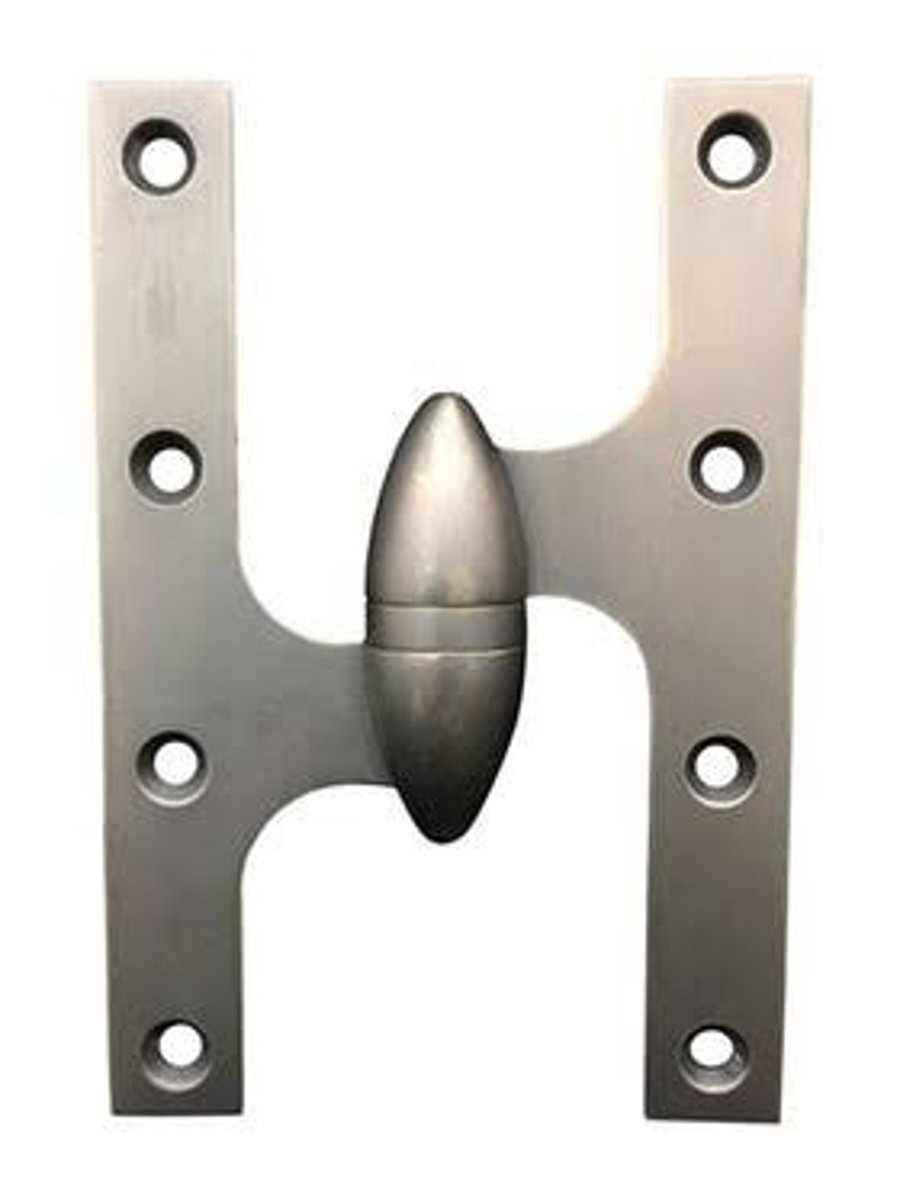
Pintle
A pin or bolt on which something turns, such as the gudgeon of a hinge
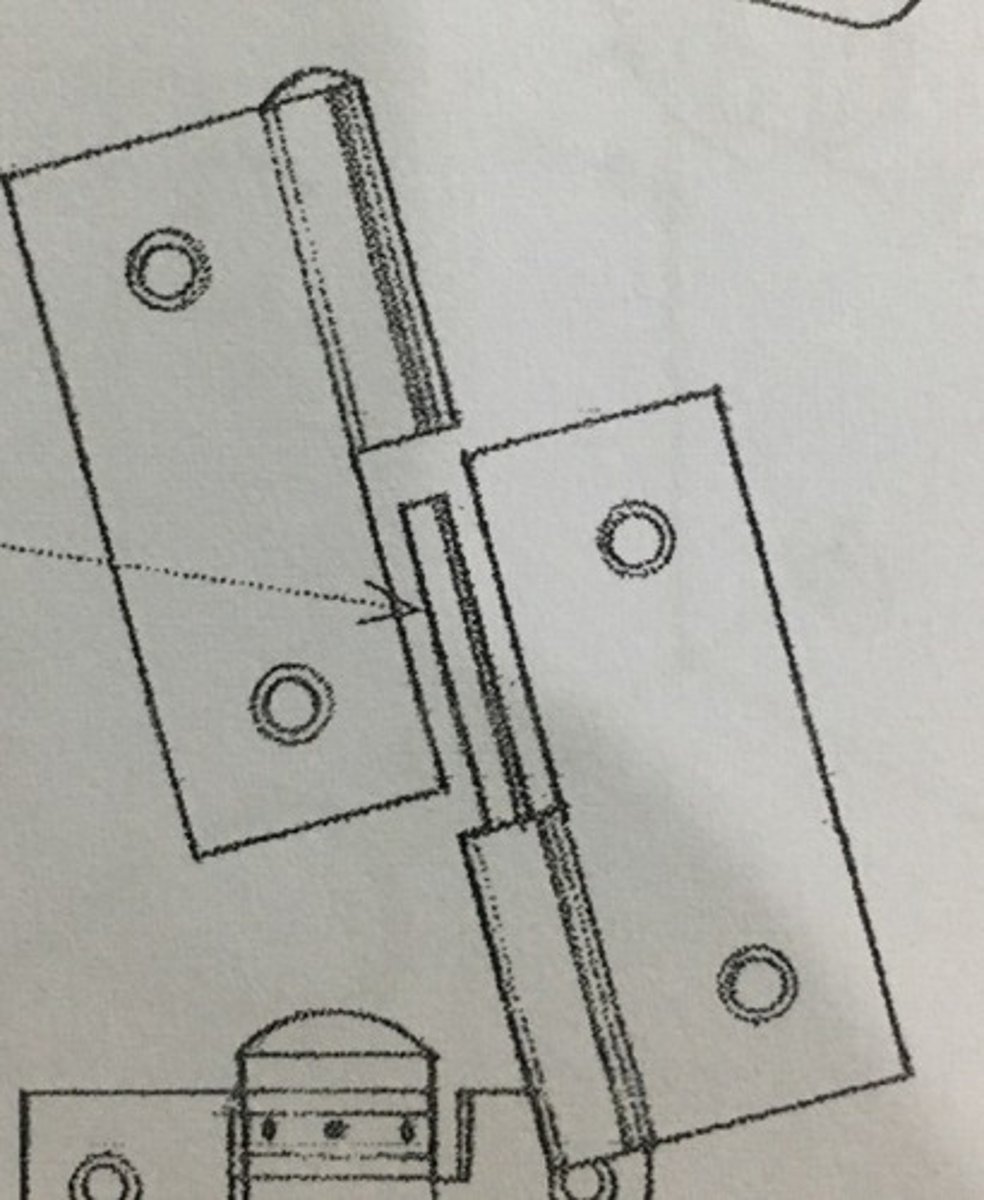
Gudgeon
A socket for pintle of hinge
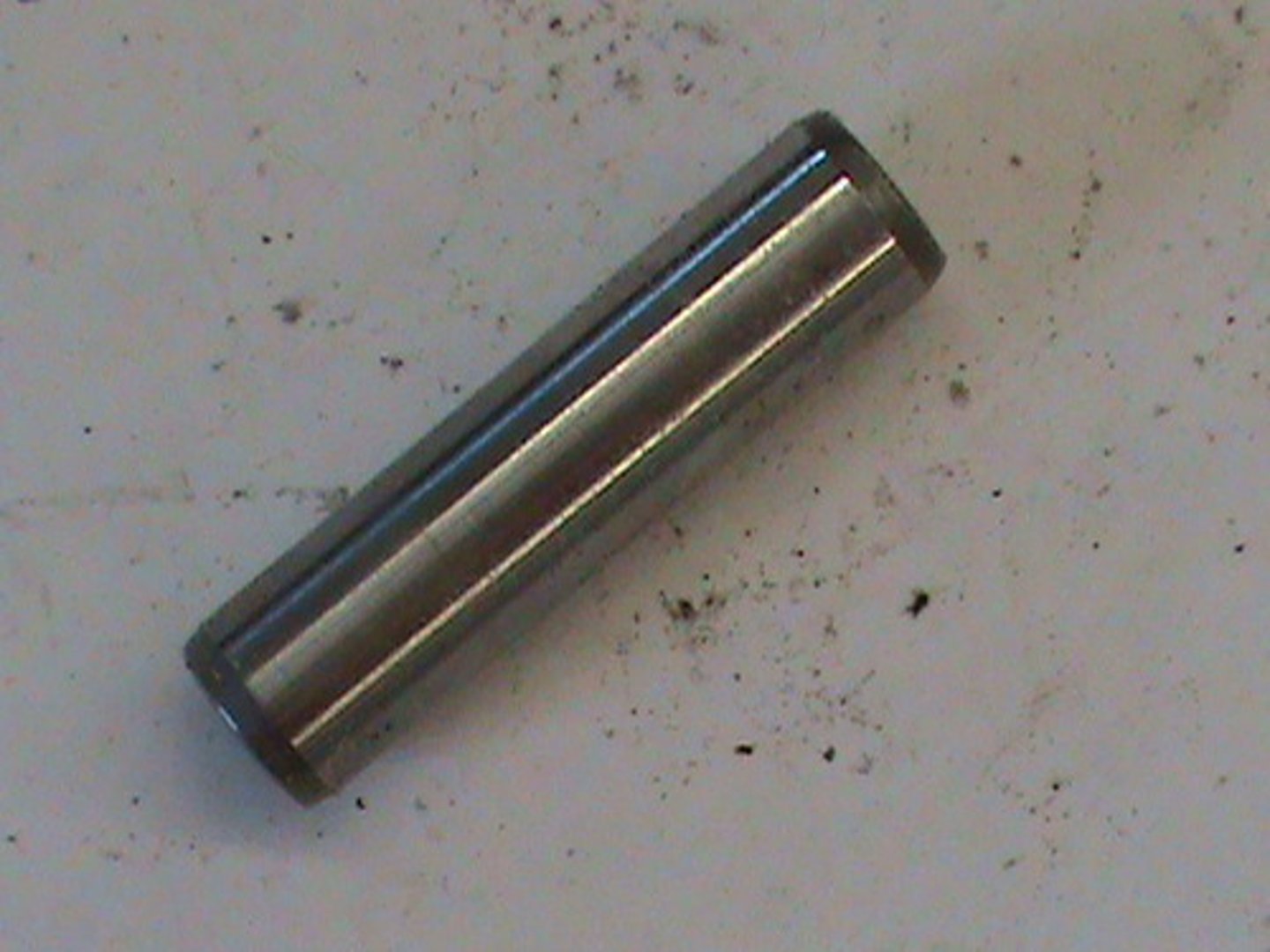
Latchbolt
A lock bolt having a beveled head that is moved into position by a spring except when retracted by a doorknob, or when pushed against the lip of the strike plate as the door is closed
Flush bolt
A bolt set flush with the face or edge of a door.
Extension bolt
A flush bolt fitted into a mortise in a door, sliding into a socket in the head or the sill.
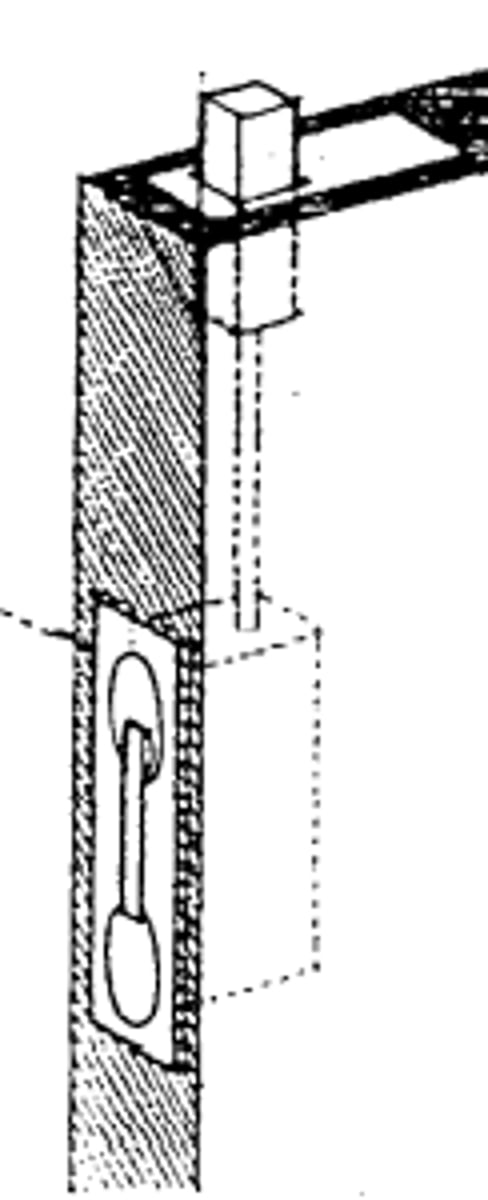
Coordinator
A device for ensuring that the inactive leaf of a pair of doors is permitted to close before the active leaf.
Rim lock
A lock fastened to the face of the door, as opposed to one built into its edge

locks
Device for securing a door, drawer or lid in position when closed; withdrawn by a key or combination-operated
Locksets
Complete locking system; includes knobs, plates and a locking mechanism
Cylindrical lockset
A lock in which the keyhole and tumbler mechanism are in a cylinder that is separate from the lock case and can be removed to change the keying of the lock.
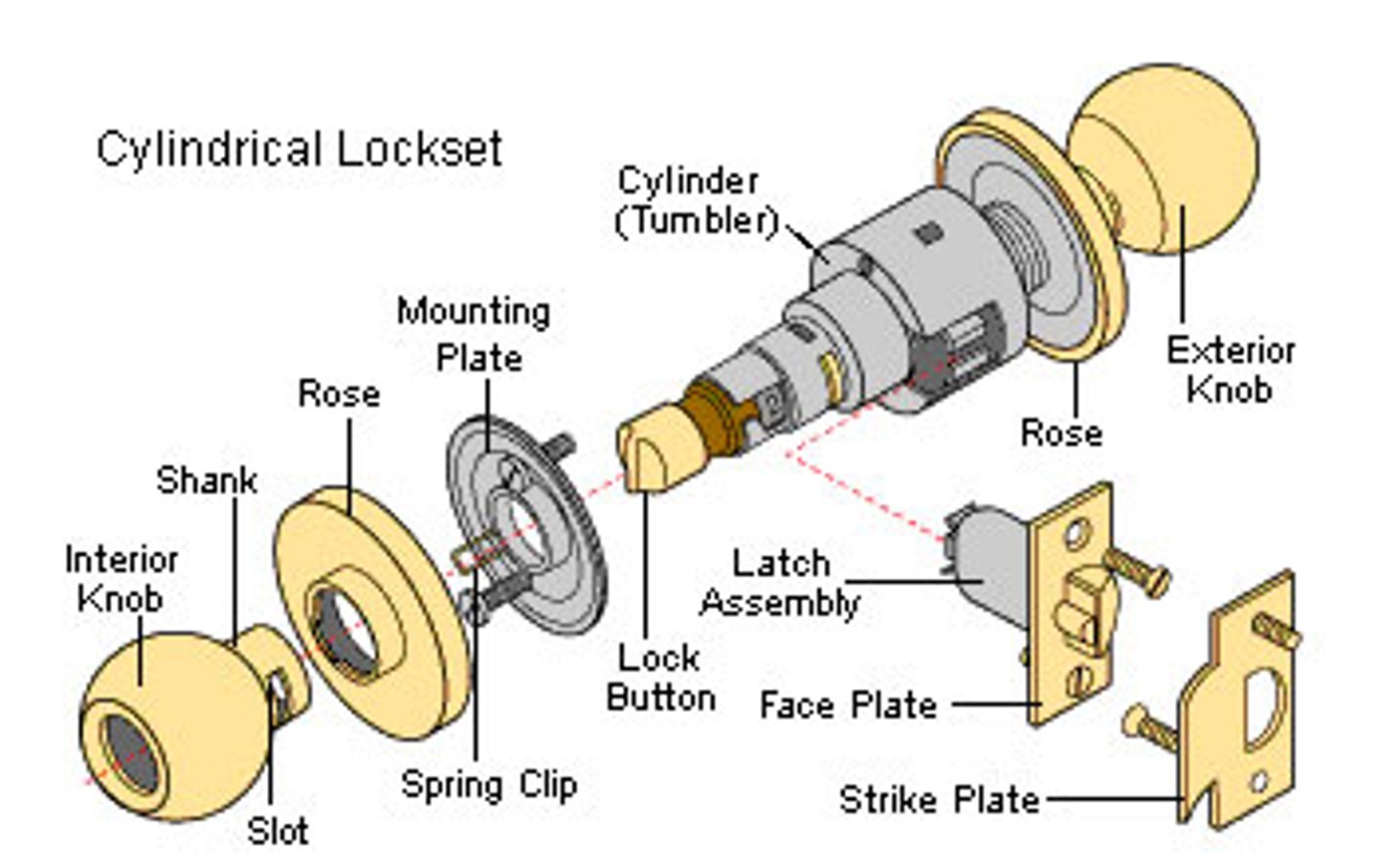
Mortise lockset
installed in rectangular area cut out of door; more SECURE than cylindrical and offers wider variety of locking options
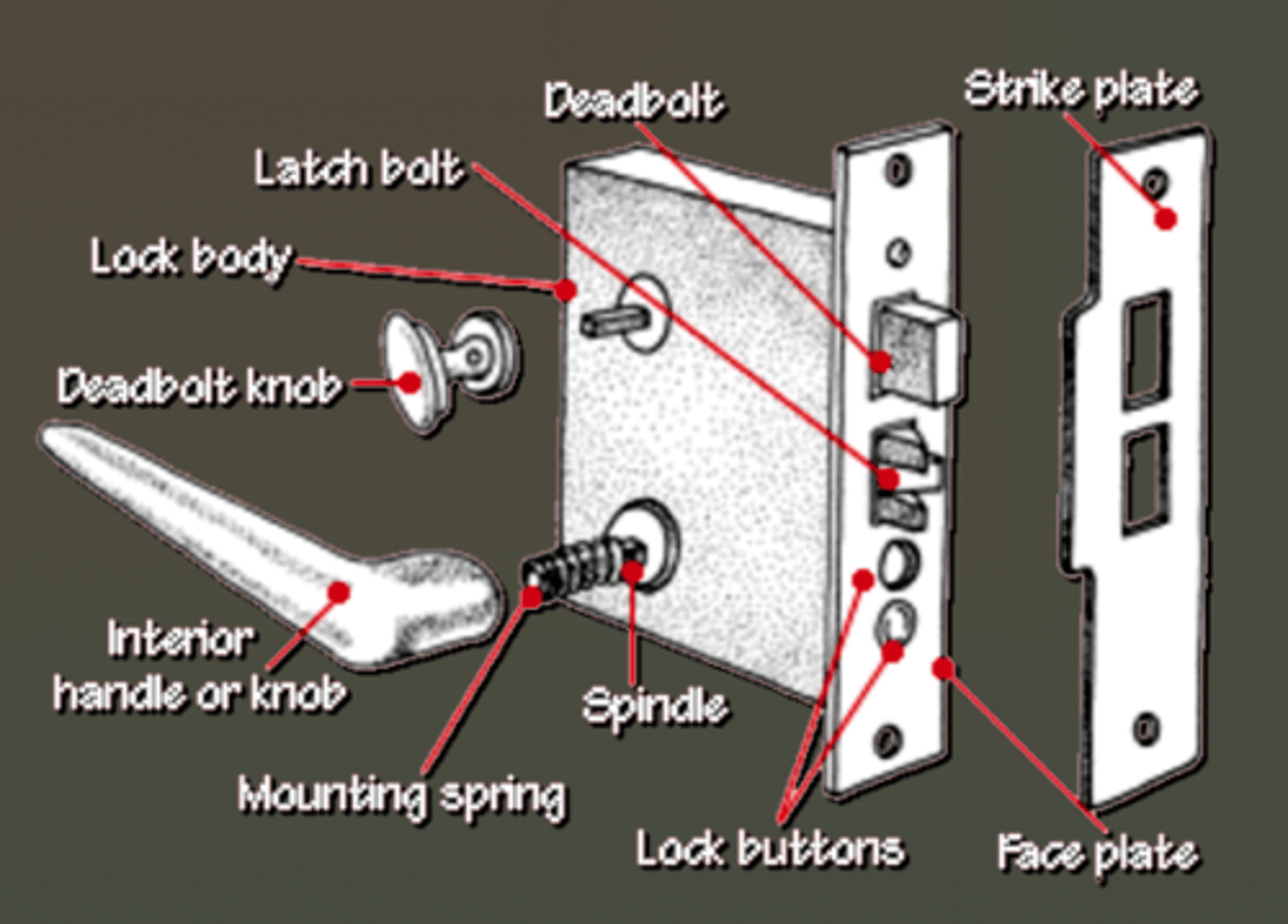
Panic hardware
A mechanical device consisting of linkages and horizontal bars across a door, which when pushed from the inside will cause the door to open and facilitates exit from the building, structure or facility; for FIRE EXIT
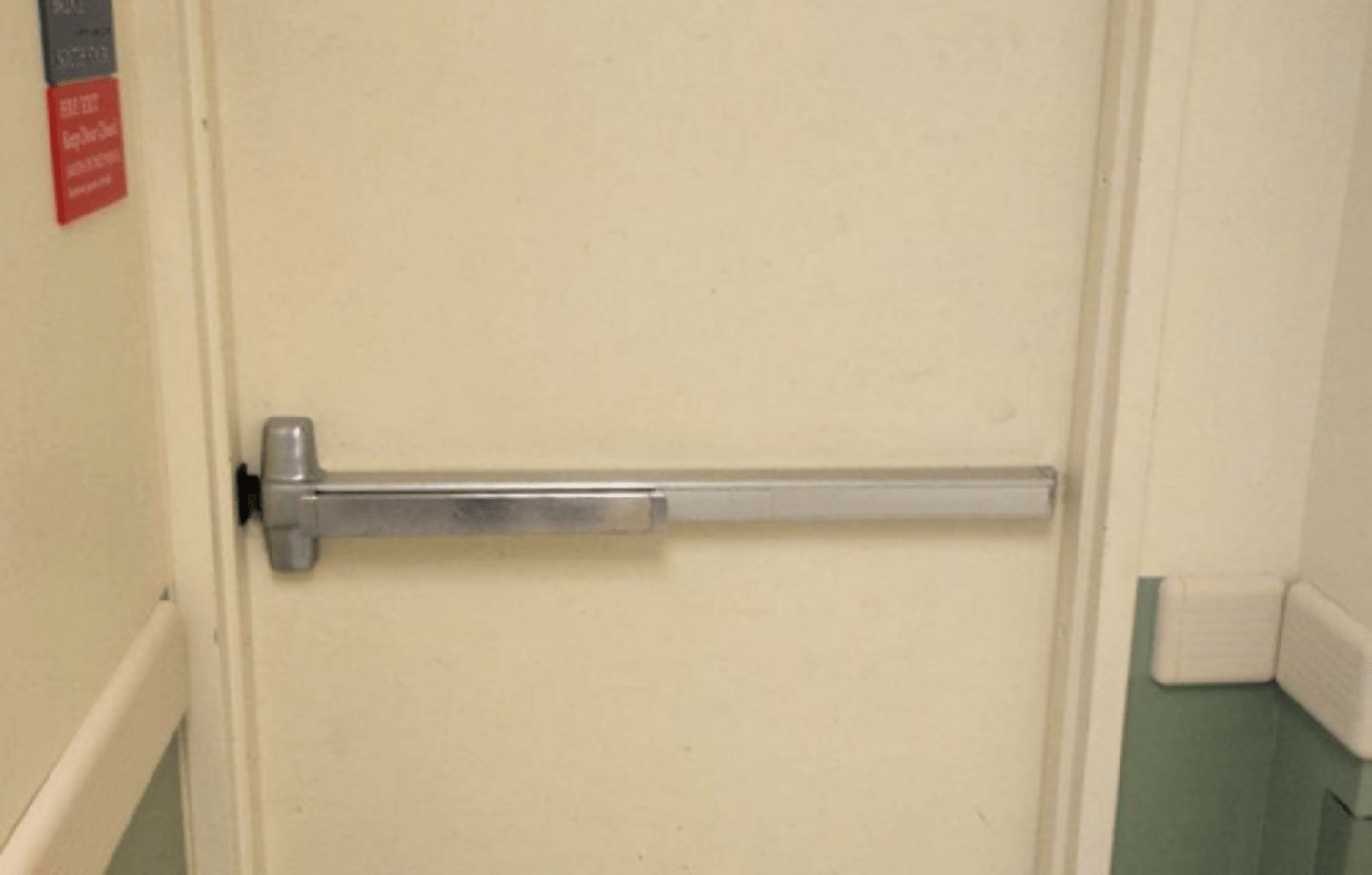
Weatherstrip
Narrow sections of thin metal or other material installed to prevent the infiltration of air and moisture around windows and doors.
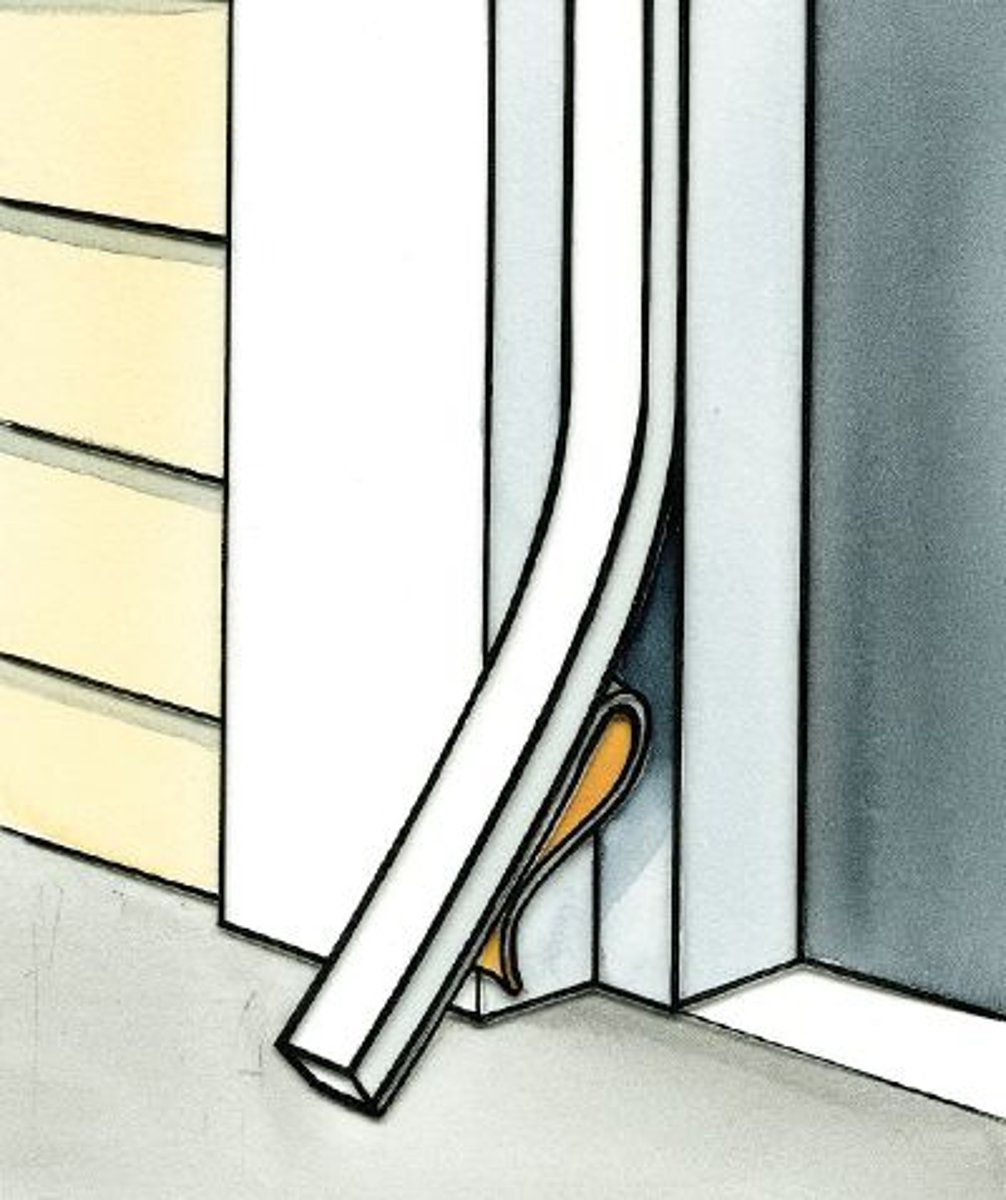
Door threshold

Spring floor hinge
Hinge for automatic doors
Finish hardware
also called Architectural Hardware; has a finished appearance as well as a function esp. that used with doors, window, and cabinets; may be considered part of the DECORATIVE treatment of a room or building.
Fastening hardware
hardware device that mechanically joins or affixes two or more objects together. In general, fasteners are used to create non-permanent joints; that is, joints that can be removed or dismantled without damaging the joining components.
Nail
A straight, slender piece of metal having one end pointed and the other enlarged and flattened for hammering into wood or other building materials as a fastener.
Types of nails
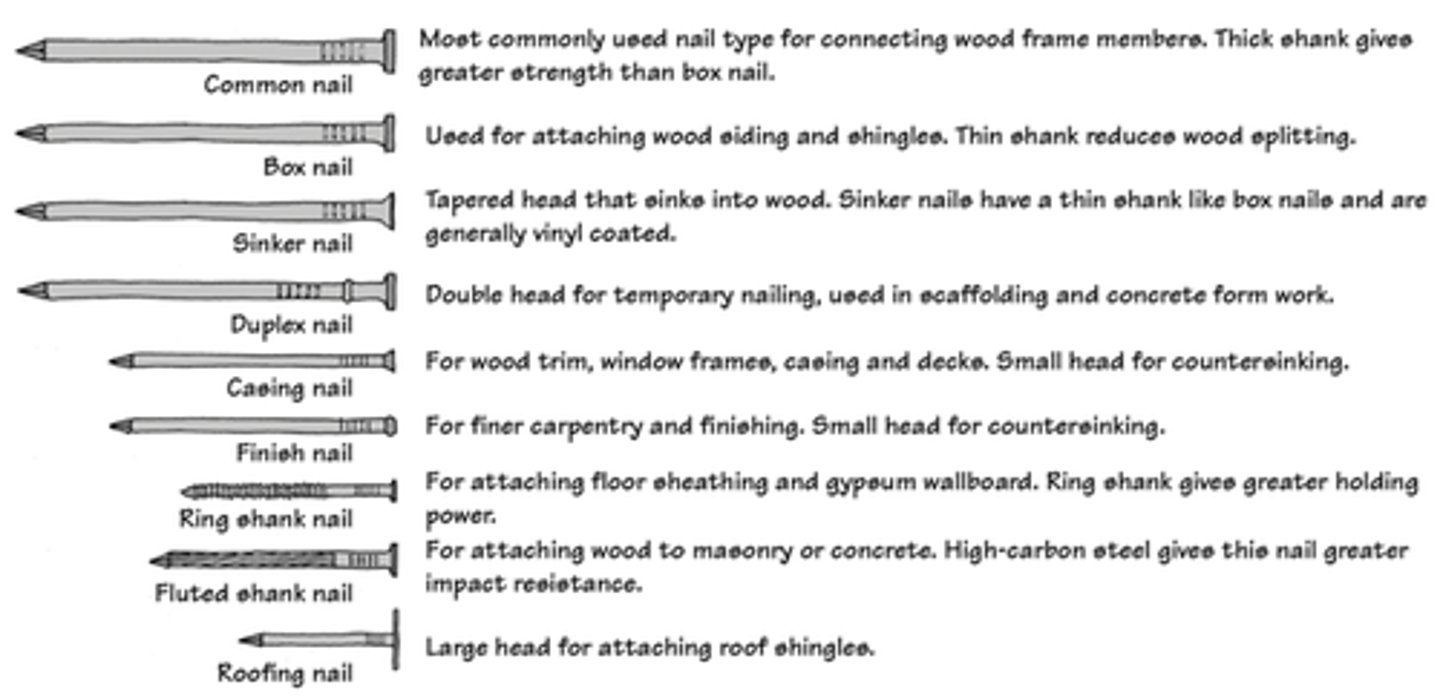
3x
Nail length should be about ______ times the thickness of the material being secured
Cement-coated
Nail coating for greater resistance to withdrawal
Zinc-coated
Nail coating for corrosion resistance
Flat head nails
Nail with largest amount of contact area; used when exposure of the heads is acceptable
Finish nails
small head nails, made to drive below the surface of the wood
Double-headed nails
These nails have 2 heads, one lower than the other, and a point on the other end. The nail is driven to the lower head but can be pulled out of the material because of the remaining higher head.
Used for TEMPORARY construction that will be taken apart
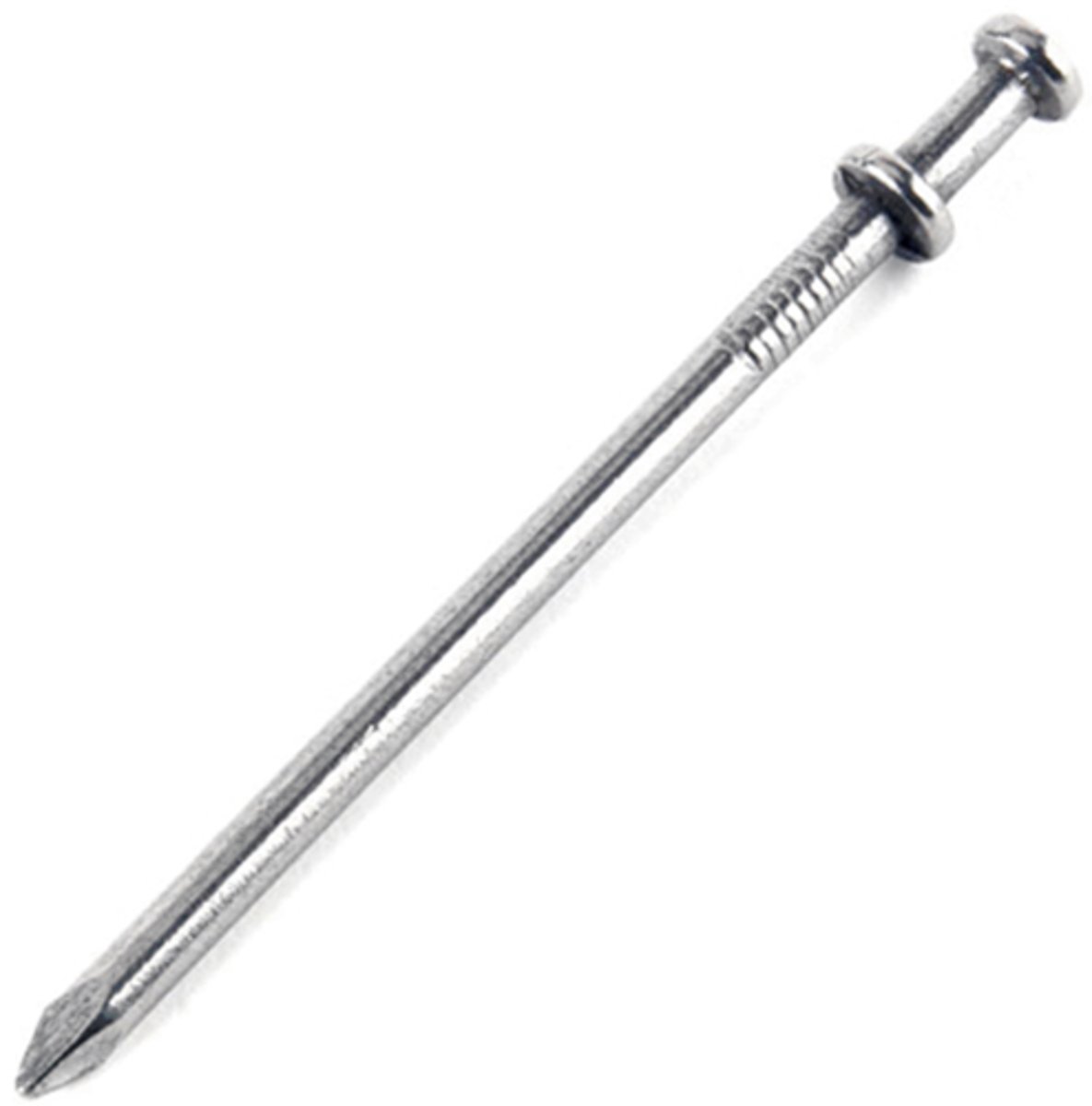
1. Diamond-shaped (most nails)
2. sharp pointed (greater holding strength but may split wood)
3. blunt points (for easily split woods)
Nail points (3)
Screws
a metal fastener having a tapered shank with a helical thread, and topped with a slotted head, driven into wood or the like by rotating, especially by means of a driver.
Wood screw
Screws with a smooth shank and tapered point for wood
*Abbreviated WS
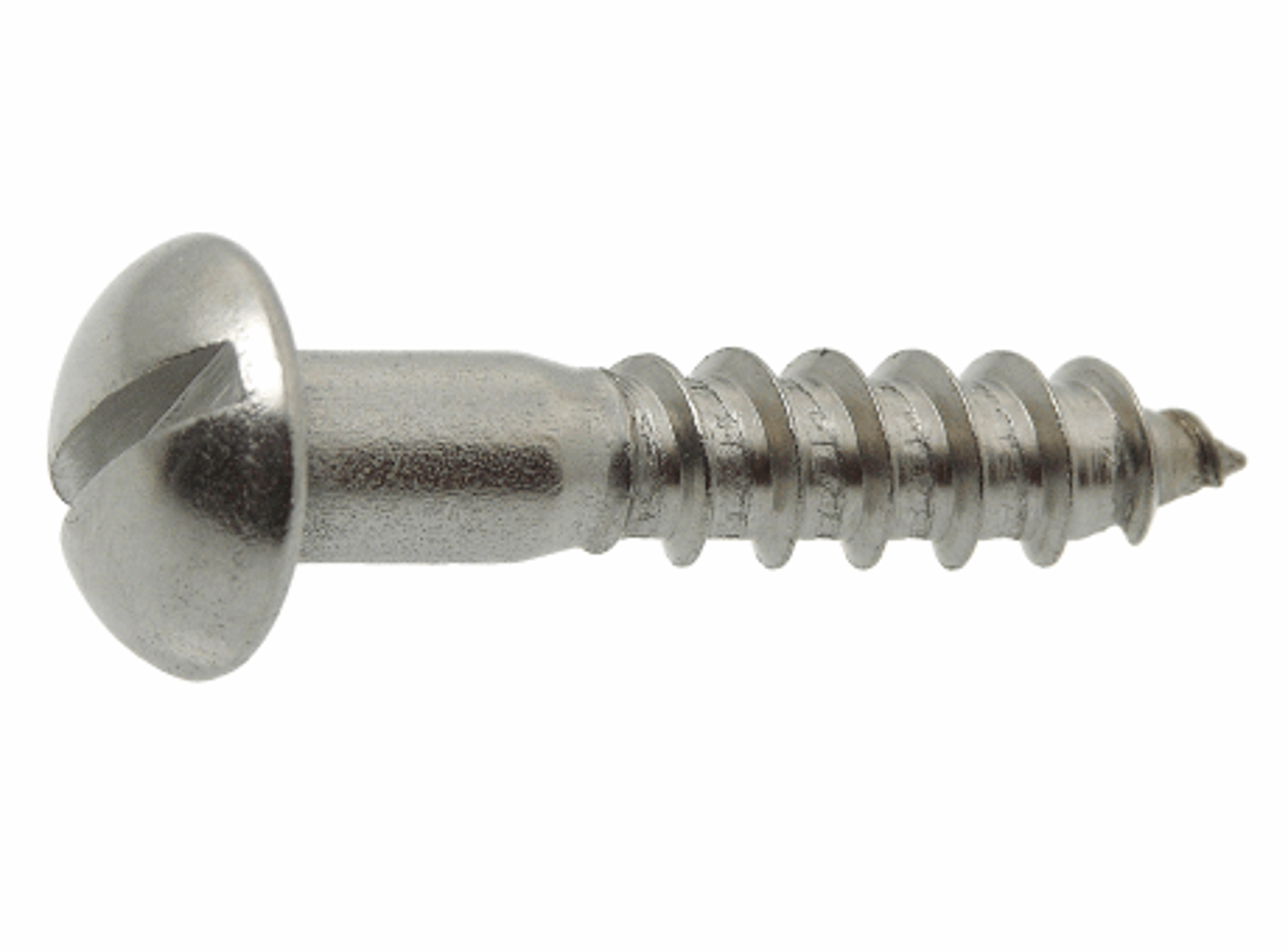
Machine screw
W/ threads for use with a nut or tapped hole
*Abbreviated MS

Thread Cutting Machine Screws
Machine screws with a thread cutting (self tapping) point
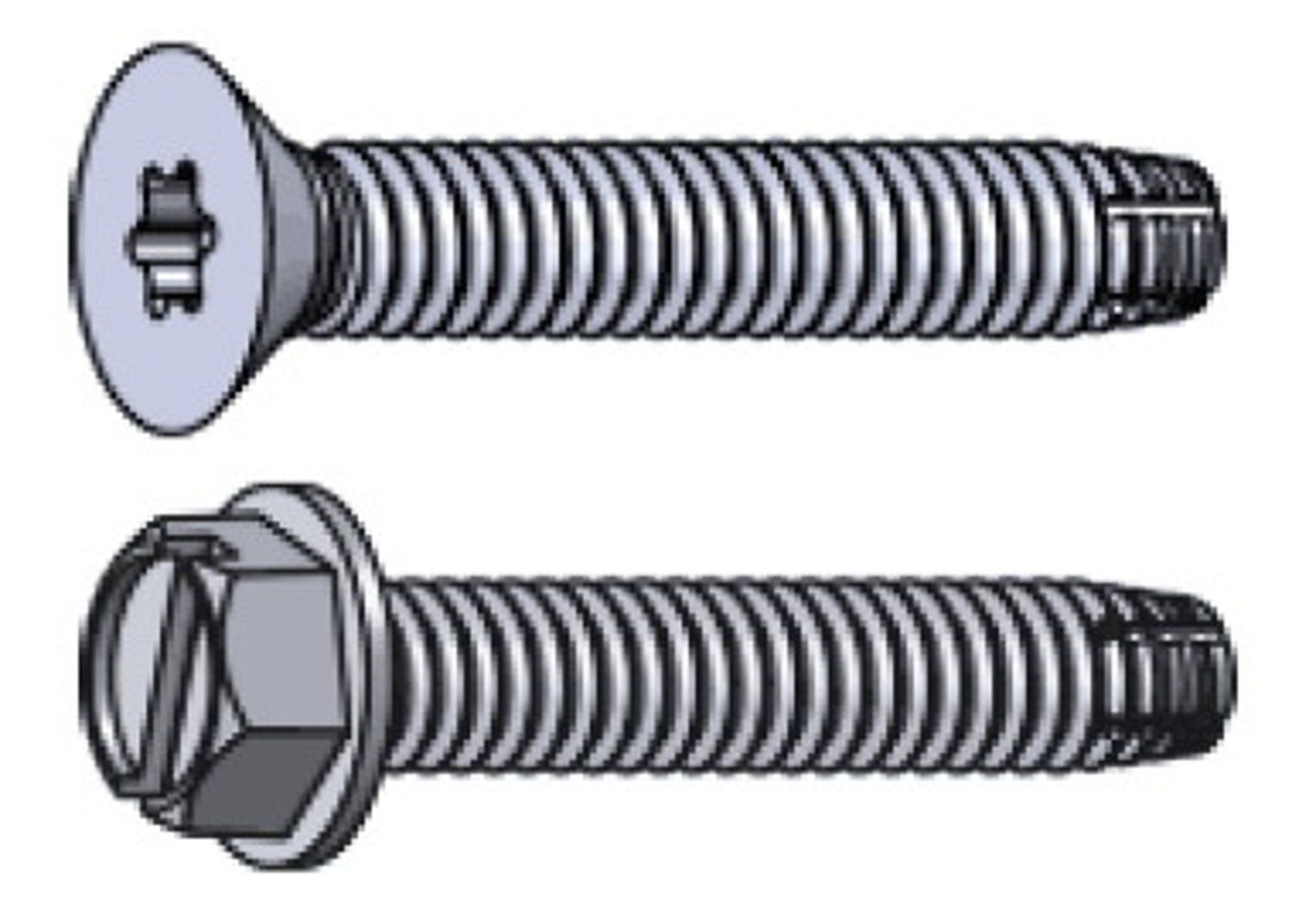
Sheet metal screws
Fully threaded screws with a point for use in sheet metal.
*Abbreviated SMS

Fine-threaded screws
screws generally used for hardwoods
coarse-threaded screws
screws used for softwoods
Slotted head screw
SCREW: a serrated slot profile in an aluminum extrusion, made to accept screws driven at right angles to the long axis of the extrusion.
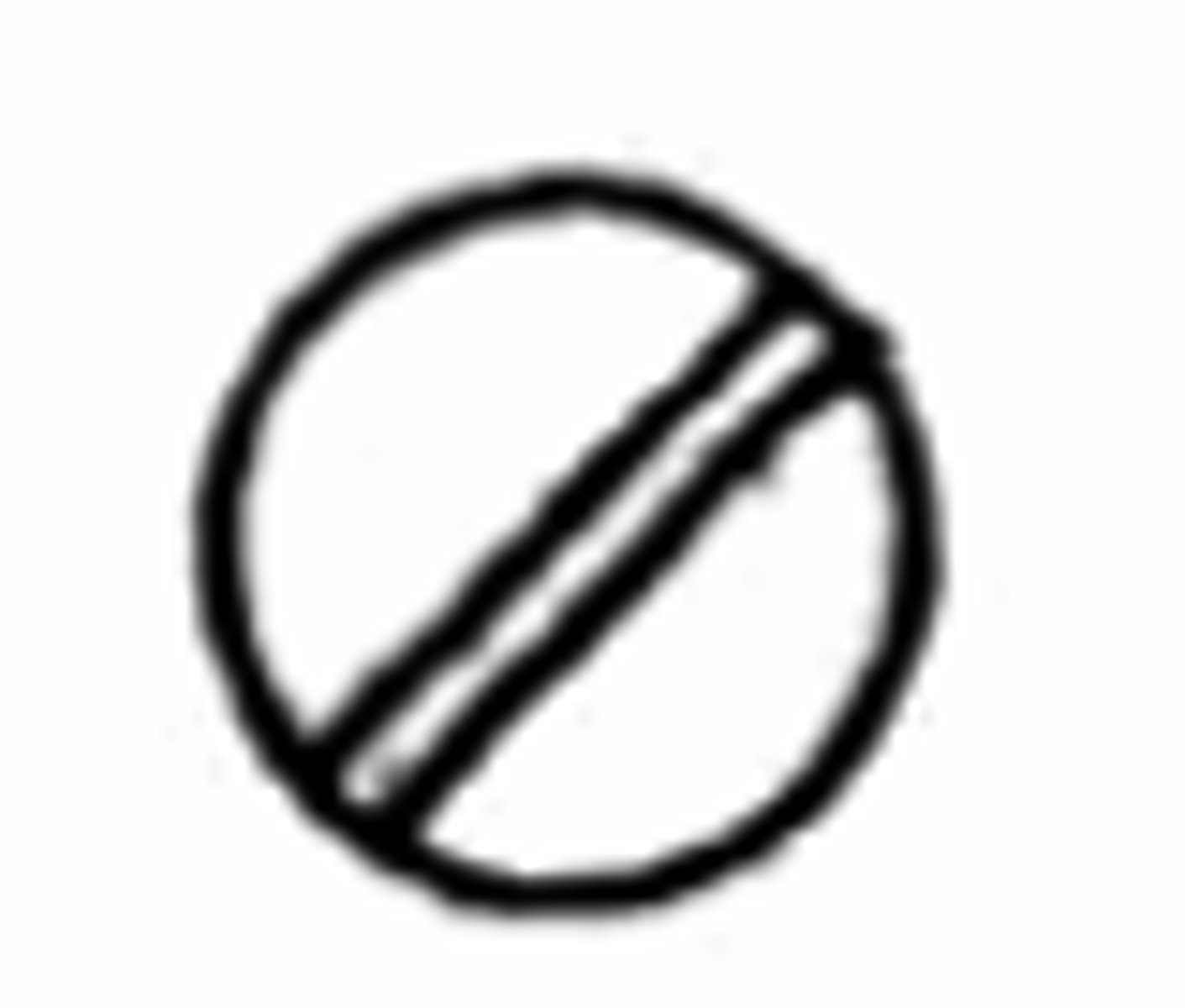
Phillips head
SCREW: screw head having two partial slots crossing at right angle's
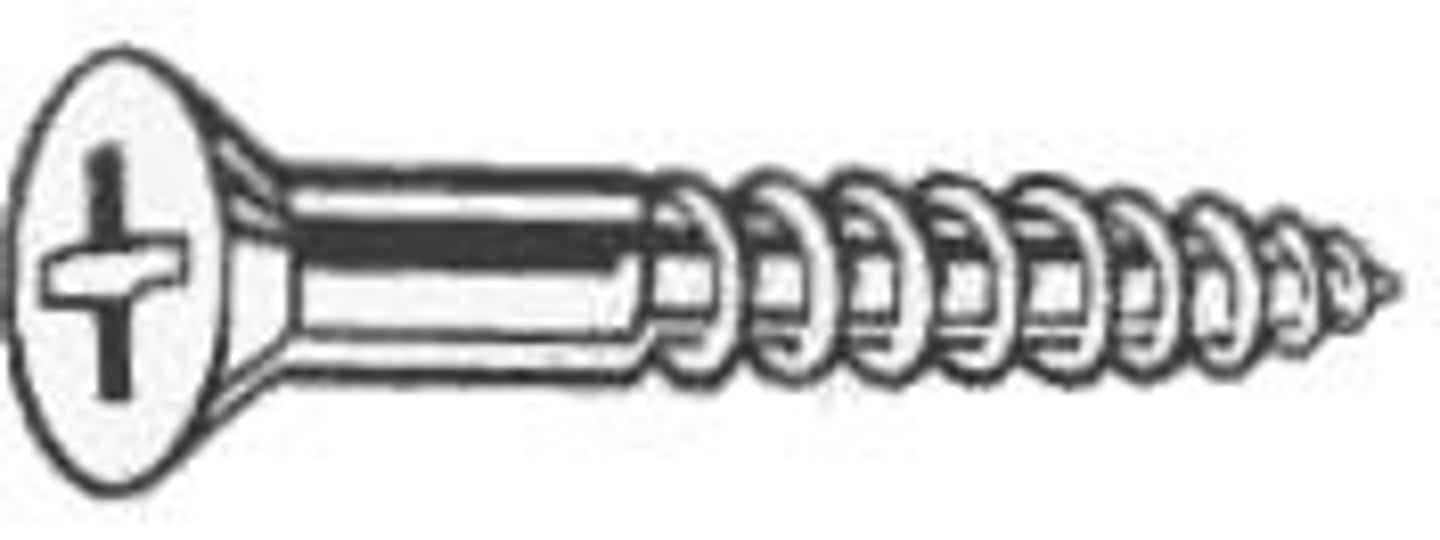
Allen head
SCREW: screw head having an axial hexagonal recess driven by an Allen Wrench.
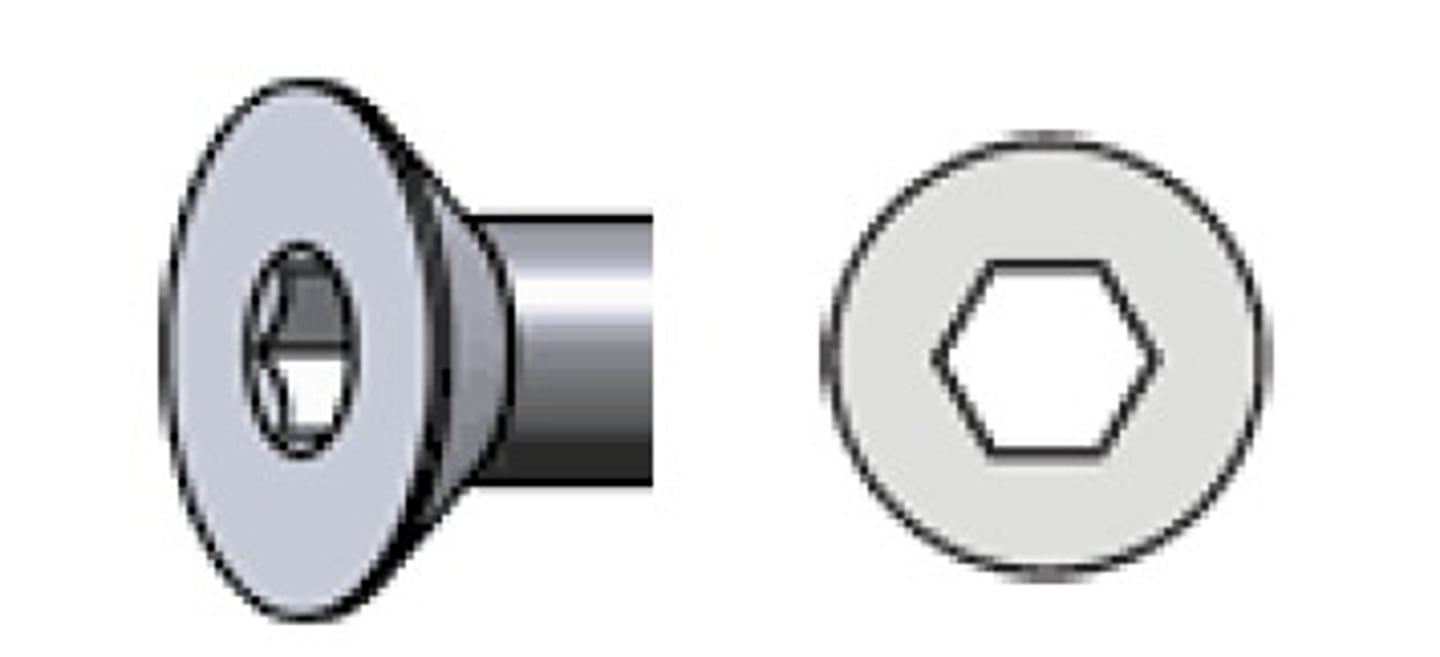
Square drive
SCREW: Drive type with a square shaped hole. Also callled ROBERTSON
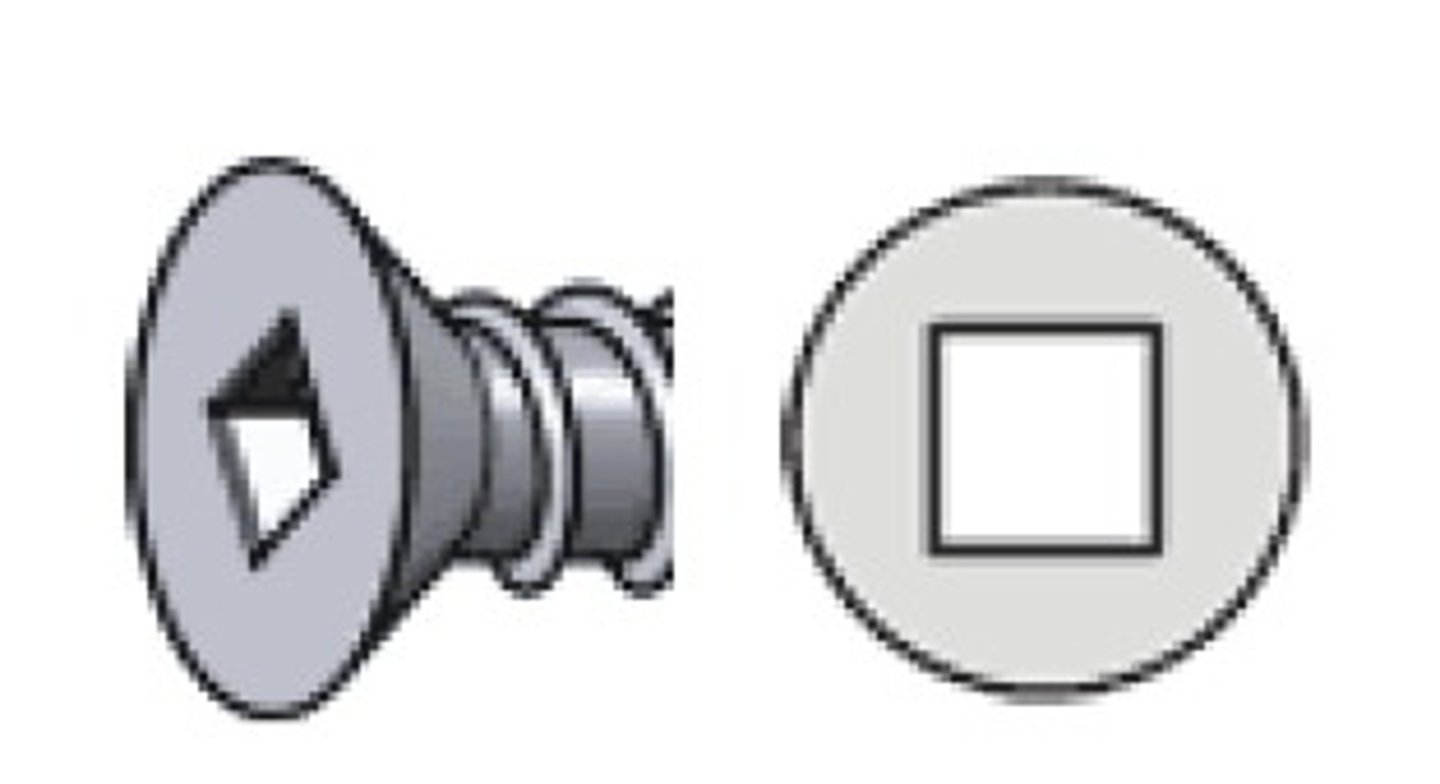
Torx screw
SCREW: Uses a torx driver, looks like a star
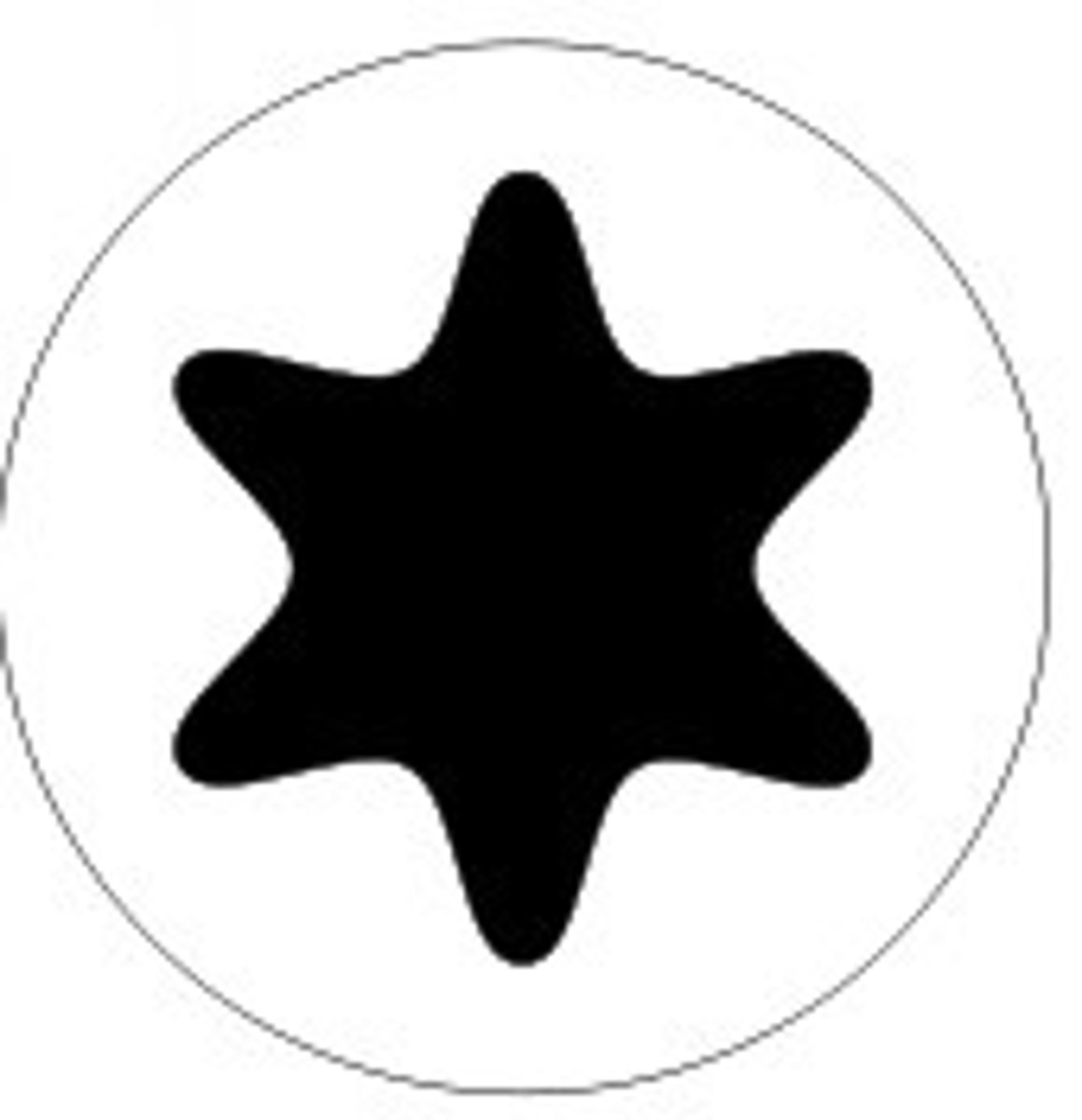
Clutch drive screw

Bolts
threaded metal pins or rods, usually having a head at one end, designed to be inserted through holes in assembled parts and secured by a mating nut
Carriage bolts
KIND OF BOLT: Bolt with a smooth rounded
head that has a small square
section underneath.
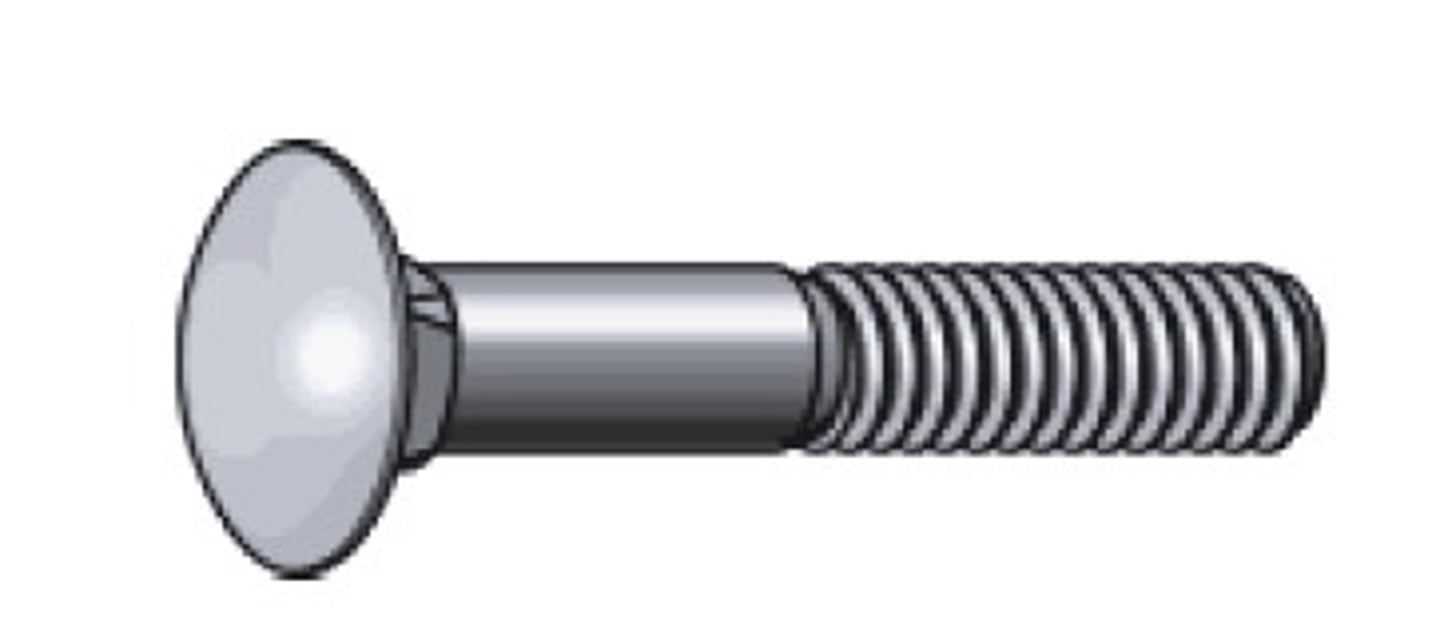
Lag bolts
KIND OF BOLT: bolt with a wood thread and pointed tip
-abbreviated Lag
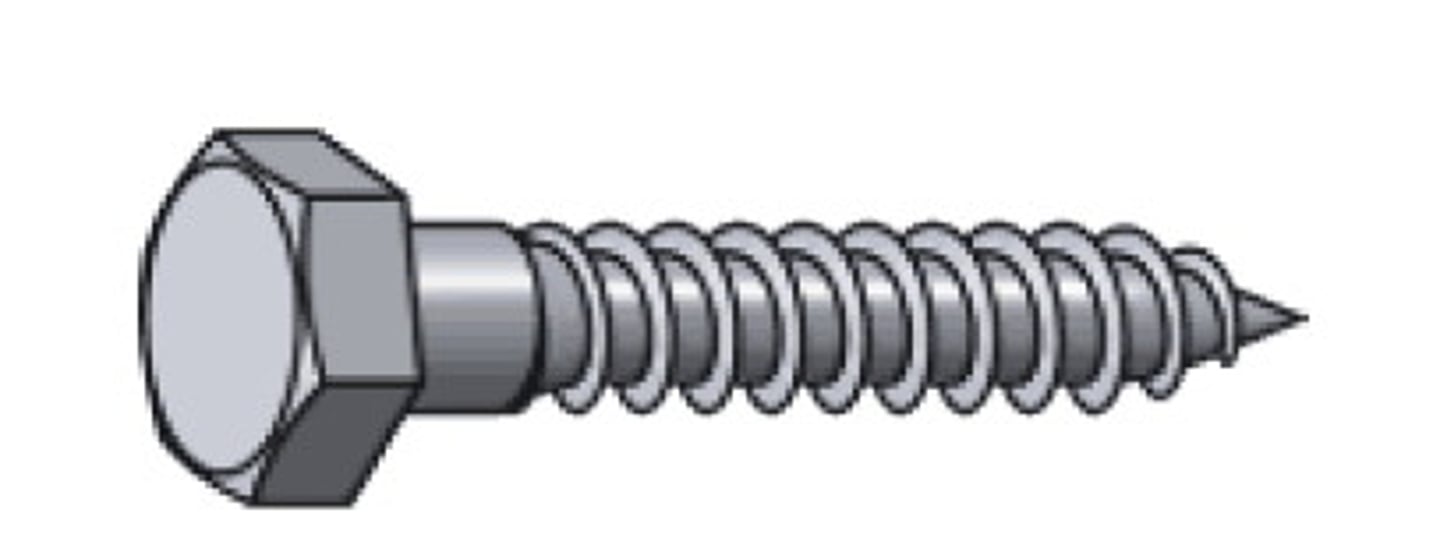
Self drilling SMS
KIND OF BOLT: a sheet metal screw with a self drilling point
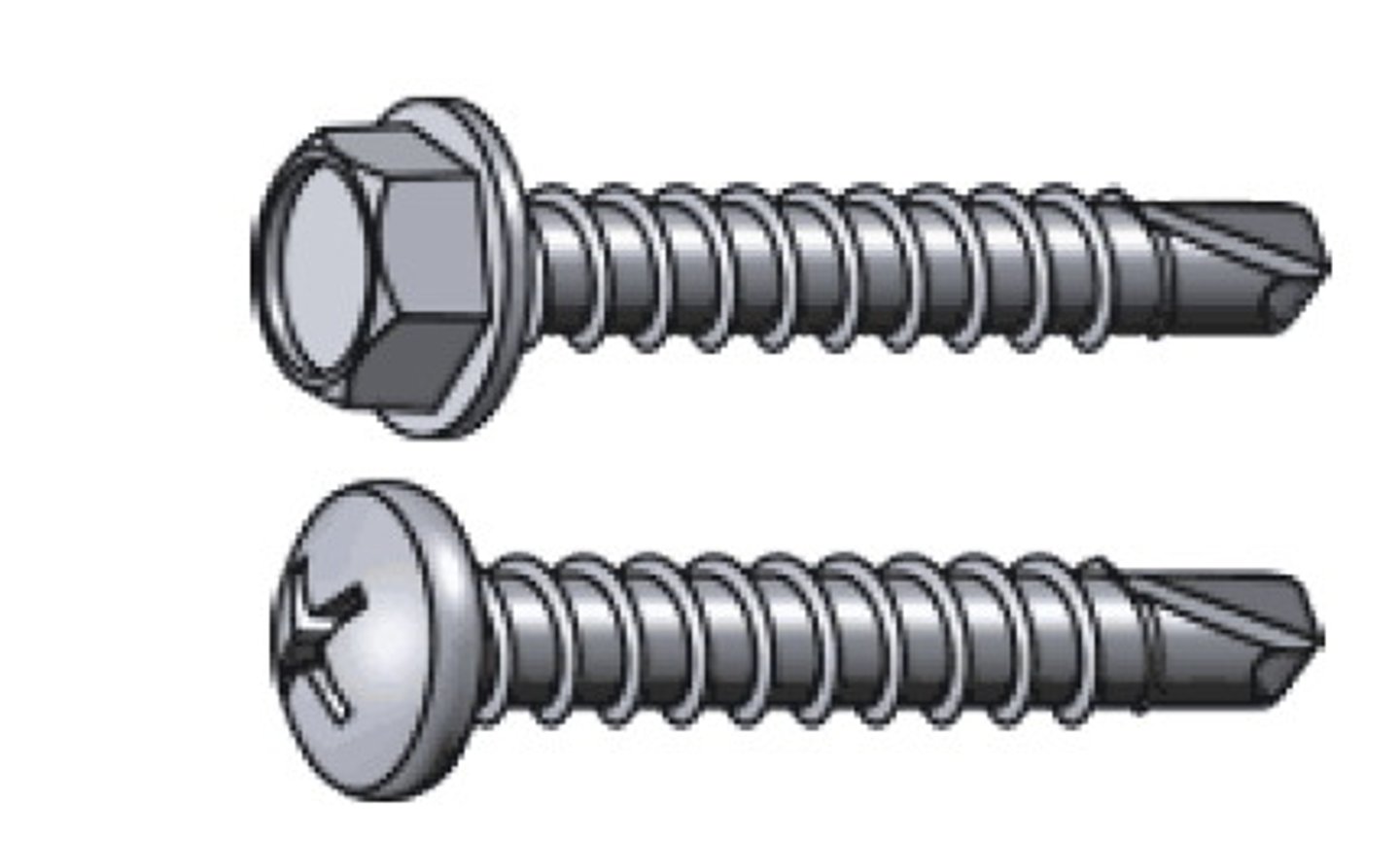
Hex bolts
KIND OF BOLT: bolts with a hexagonal head with threads for use with a nut or tapped hole
*Abbreviated HHMB or HXBT
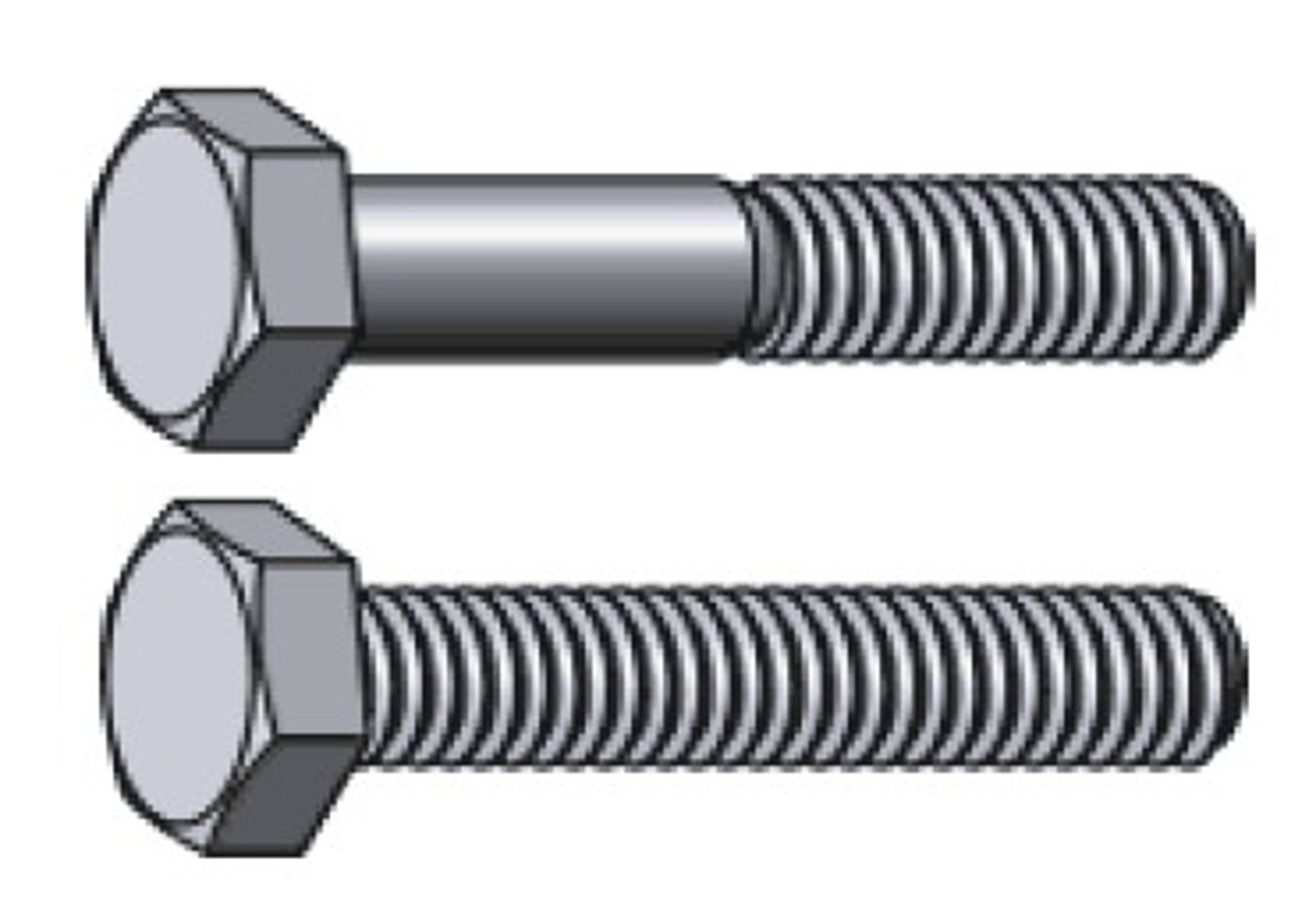
Machine bolts
KIND OF BOLT: Threaded bolts having a straight shank and a conventional head such as a square, hexagonal, button, or countersunk type

Carriage bolt
KIND OF BOLT: Used where the head may be inaccessible to the placement of a nut; when an exceptionally long bolt is needed

Hex
TYPE OF NUT: six sided

Heavy hex
TYPE OF NUT: heavier pattern version of a standard hex nut
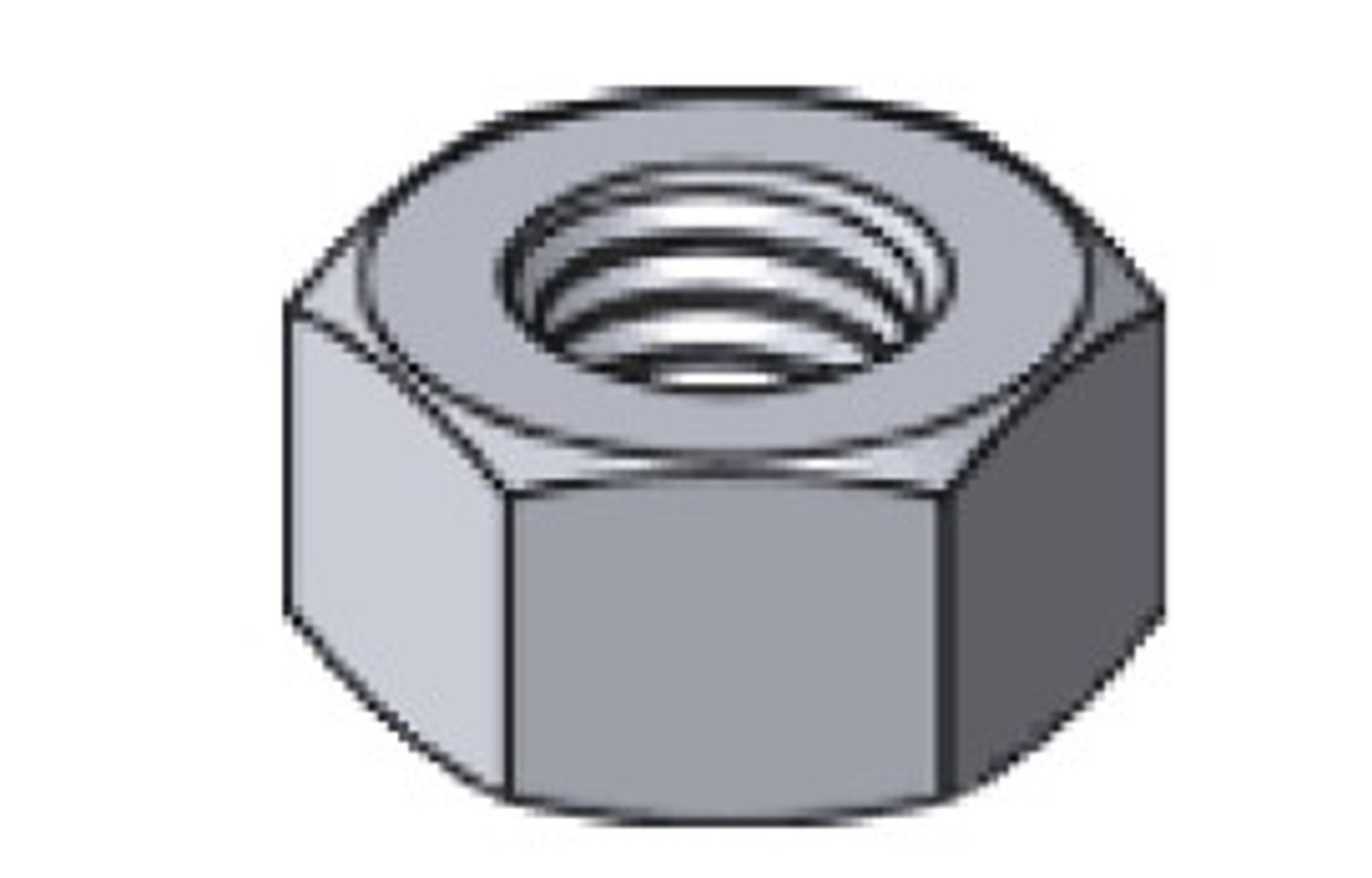
Nylon Insert Lock Nut
TYPE OF NUT: has a nylon insert to prevent backing off. Also referred to as a Nylock.
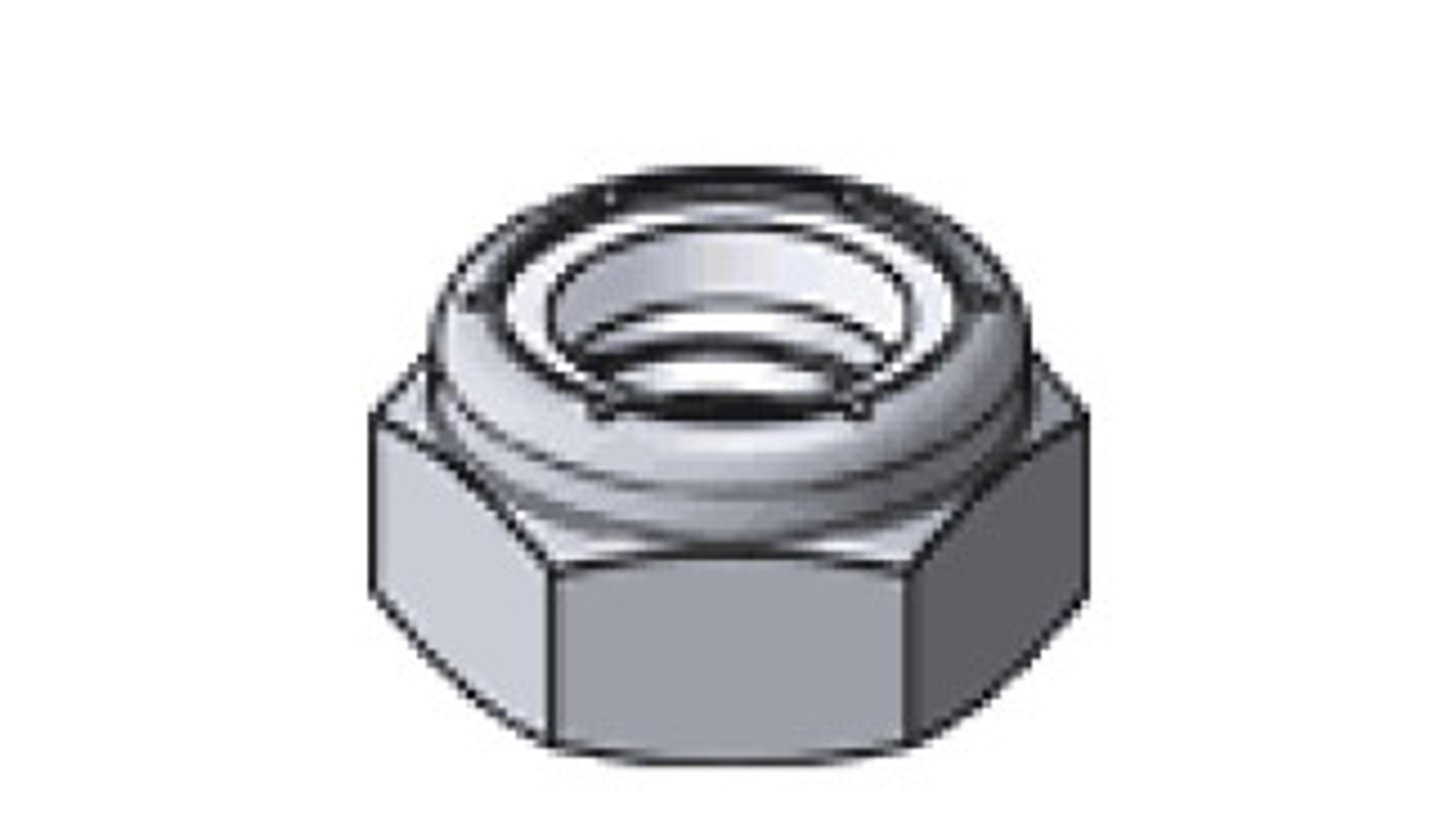
Wing
TYPE OF NUT: with wings for hand tightening
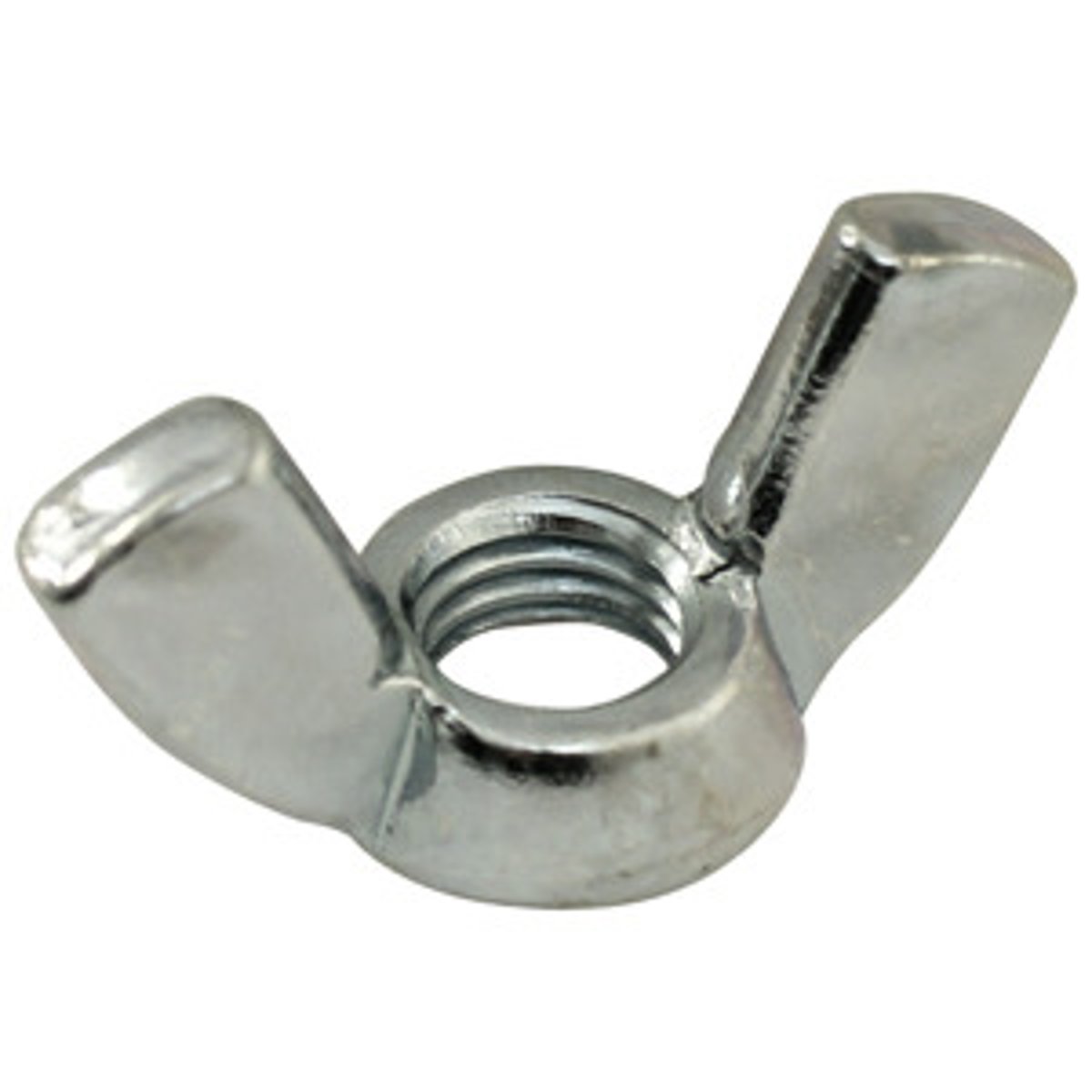
Cap
TYPE OF NUT: with a domed top over the end of the fastener

Flange
TYPE OF NUT: with a built in washer like flange
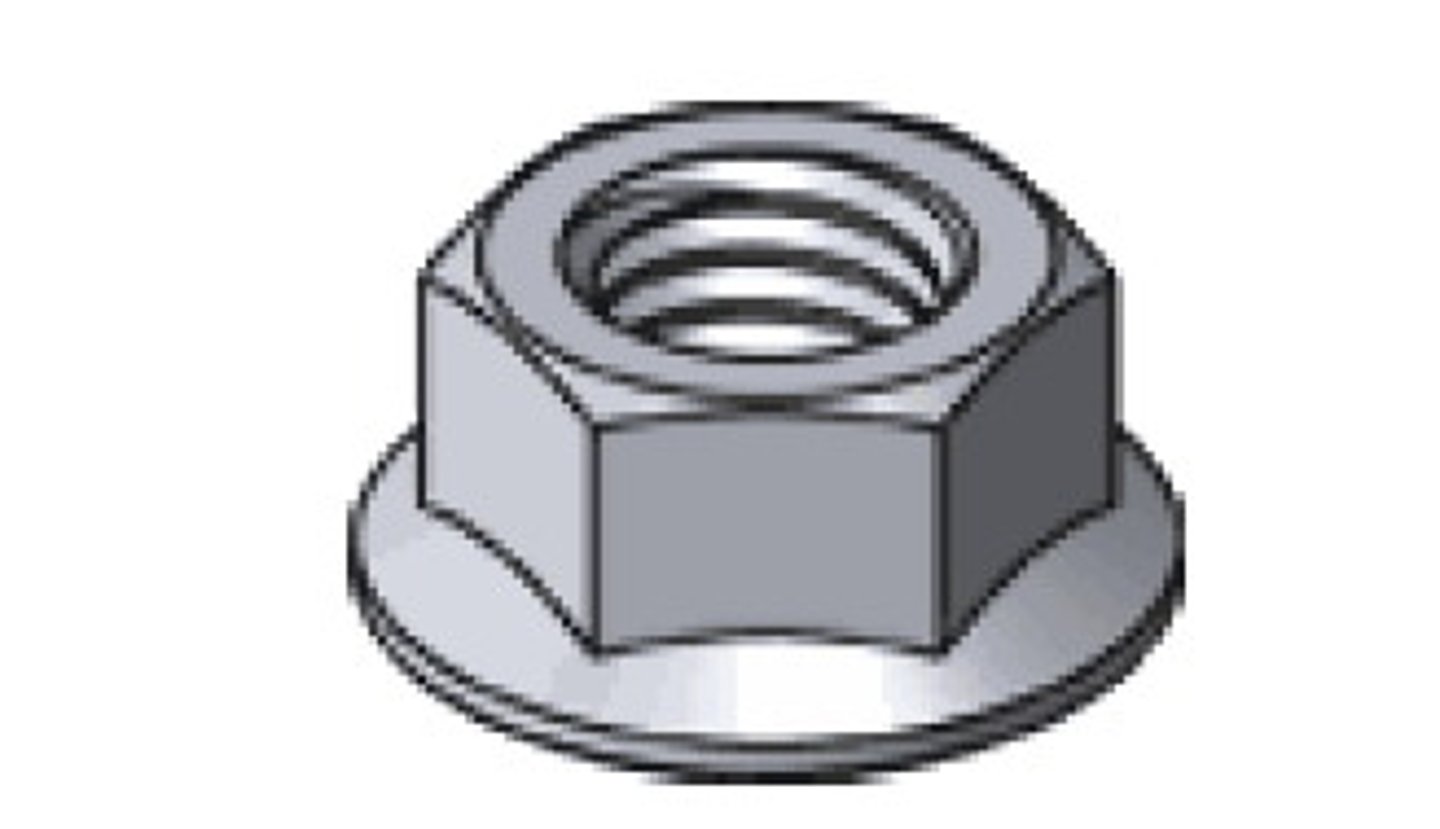
Tee
TYPE OF NUT: designed to be driven into wood to create a threaded hole

Square
TYPE OF NUT: four sided

Washers
A perforated disk of metal, rubber or plastic used under the head of a nut or both or at the joint to distribute pressure prevent leakage or relieve friction
Lock washers
Washers specially constructed to prevent a nut from shaking loose
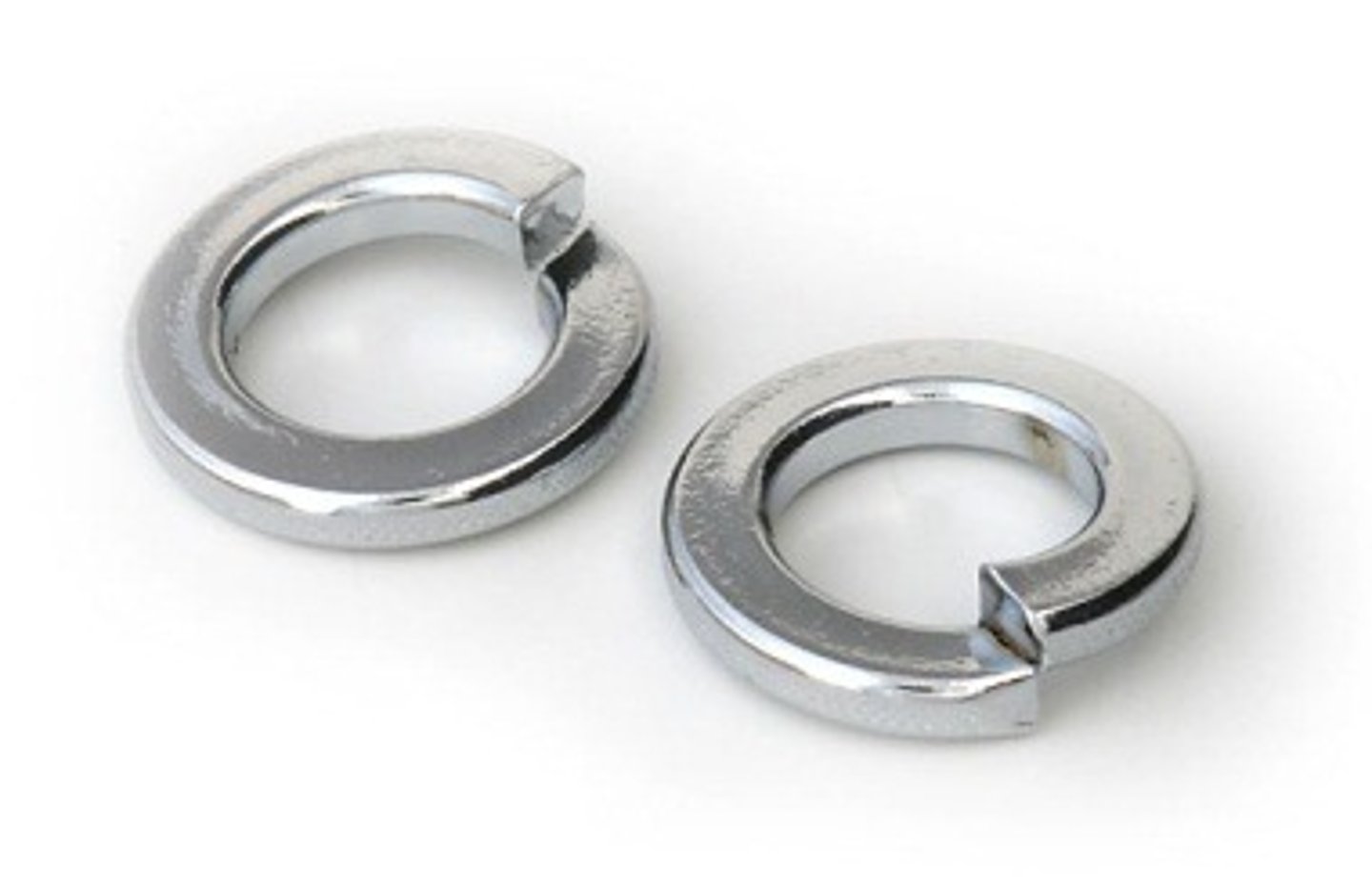
Load indicating washer
A washer having small projections that are progressively flattened as a bolt is tightened, the gap between the head or nut and the washer indicating the tension in the bolt.

Expansion bolts
Has a split casing; casing expands to "grip" the sides of a hole drilled in masonry or concrete
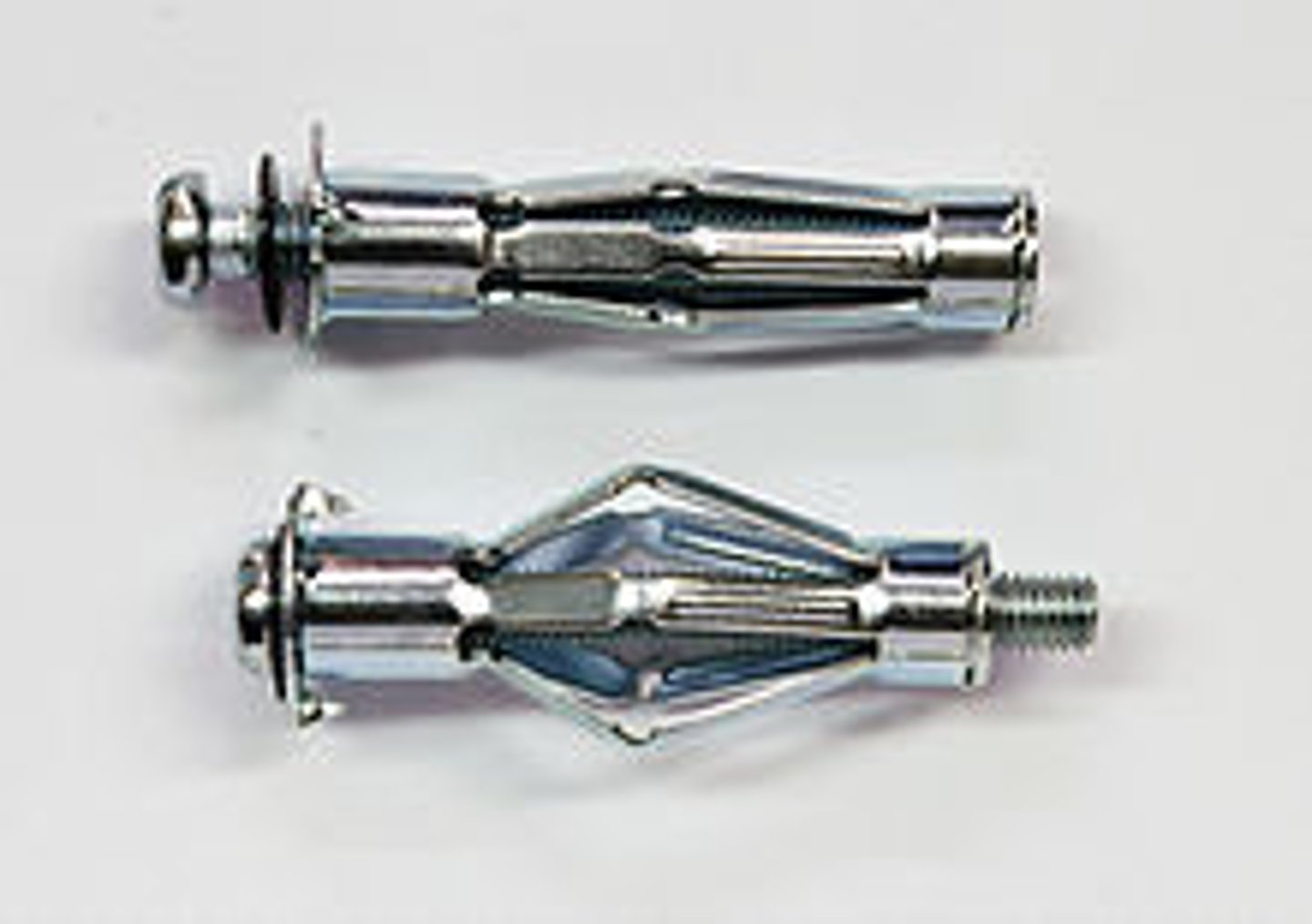
Molly bolt
A TRADEMARK FOR A BRAND of expansion bolt having split, sleeve-like sheath.

Toggle bolt
An anchor bolt having two hinged wings that close against a spring when passing through a predrilled hole and open as they emerge to the inner surface of a hollow wall.
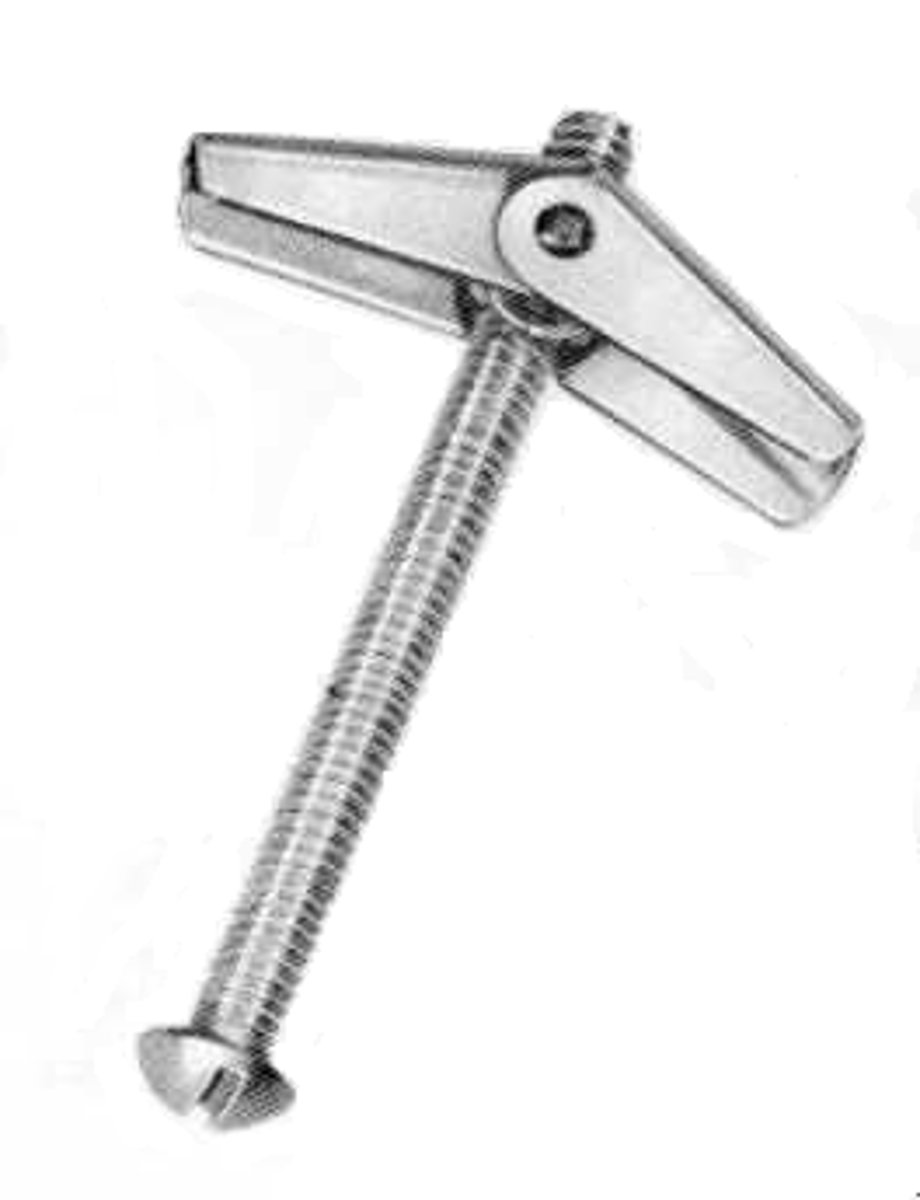
Rivets
metal bolts or pins used to hold pieces of metal together
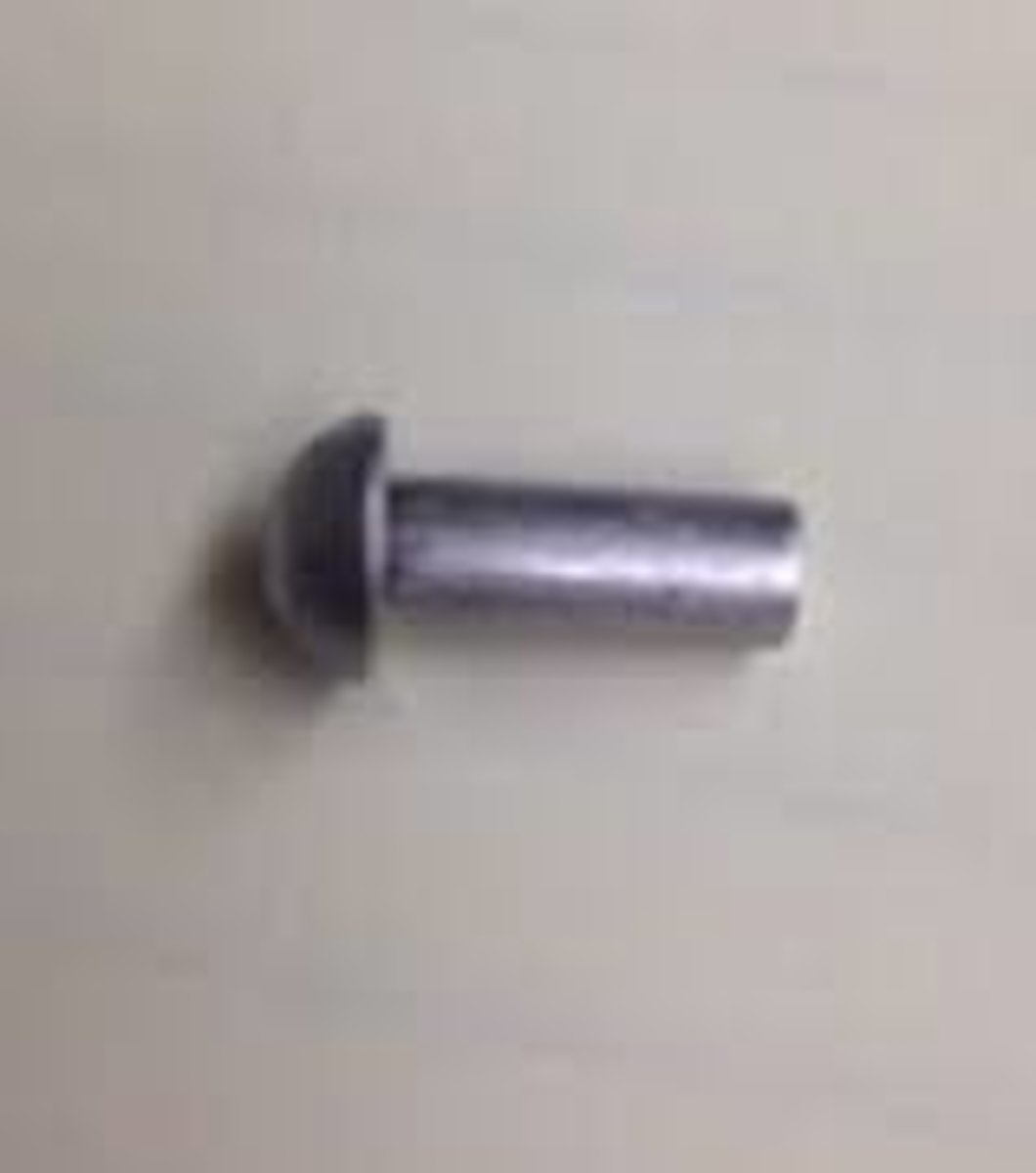
Explosive rivets
used when a joint is accessible from one side only, have an explosive-filled shank that is detonated by striking the head with a hammer to expand the shank on the far side of the hole.

Adhesives
used to bond materials together to form a permanent joint, may be in the form of solid, liquid, powder or film
Animal or fish glue
Adhesive primarily for indoor use where temperature and humidity do not vary greatly; they may be weakened by exposure to heat or moisture.
White or Polyvinyl Glue (PVA)
Adhesive that sets quickly, does not stain and is slightly resilient
Stikwel (PVA)
Single-component new generations PVA glue; suitable for both hot press veneer/ formica and plywood/ particle board lamination and cold setting furniture assembly
Epoxy resin
waterproof strong adhesive that is made by applying an equal amount of resin and hardener together. Will set at low temperatures and under wet conditions unlike others
Marine epoxy resin
Adhesive: adheres to damp surfaces better than other epoxy products. Superior resistance to seawater and gasoline makes it the best choice for boat applications.
Resorcin resin/ Resorcinol
Adhesive: strong, waterproof, and durable for outdoor use. Can be flammable. Has a dark color which may show through paint. Used for wooden aircraft prior to the invention of epoxy
Contact cement
Adhesive: forms a bond on contact and does not require clamping; RUGBY; used to secure large sheet materials such as plastic laminate
Liquid nail
Adhesive: premium grade, solvent based, synthetic rubber multipurpose construction adhesive
Vinyl adhesive/ resilient floor
water-based acrylic floor adhesive. Used for resilient tiles and sheets, wood parquet, linoleum, and carpets
Stone adhesive
Specific adhesive for stone materials. Dries very quickly. Can be colored. Can be polished.
Tile adhesive
Adhesive used for tile setting on concrete surface